“Oh, we’re all in this together because we love animals so much.” This was the gist of a statement made to me Monday when a person brought a barred owl they’d had since Saturday. Said person works as an educator, claims to have an “exhibition” permit, and admitted to “unofficial” rehab. Would you like me to translate all that into what a rehabber hears in these words? This individual thinks because they are in education and have an exhibition permit FOR ONE ANIMAL, that gives them free rein to rehab illegally, although what little conscience they have left does remind them that “unofficial” and illegal are synonymous here—if you don’t have state and (for birds) federal permits, YOU ARE BREAKING THE LAW by possessing wildlife, even if you claim it’s for rehab.
This ain’t rocket science, folks. If you want to rehab, study for the exam. Take the exam. Pass the exam. Pass the site inspection. Get your hands-on experience for birds by apprenticing under someone with current state and federal permits. That’s it in a nutshell. It can all be done in under a year if you’re motivated enough, and if you truly “love animals” enough to want the best possible training to care for them properly.
I submit to you that anyone who “loves animals” will swallow their pride and DO THE RIGHT THING for that animal by seeking properly permitted individuals to assess, treat and—if need be—rehab the animal. Anything else is just ego looking to be stroked by having all their friends coo over how “wonderful” they are when they post “cute” pictures all over social media of them and their illegally held wildlife.
The barred owl that led to this rant had a broken right leg, right at the hip. This is not a fixable fracture, so the bird required euthanasia. For TWO DAYS it sat in an unlined box, sprawled on that injured side with no cushioning, no support. TWO DAYS of pain that could’ve been ended much sooner had this person not decided their “unofficial” rehab gave them the skills (which they obviously DO NOT POSSESS in reality) to attempt treatment.
And then they have the gall to imply “we’re all in this together because we love animals”? Oh, don’t even go there with me. Just don’t.
Way to go, woman—what a sterling example to set for your children: Mama’s too damn sorry to drive for 25 minutes to get help for an injured bird; so we’ll sit here and watch it die instead, probably whining the whole time about how “mean” that rehabber was—and I’m willing to bet she posted all over social media about what a “good” person SHE was for trying to “help” this bird. Yeah, right…
Two Carolina wrens survived the deaths of one of their parents and two sibs; the finder said the parent was dead outside the nest and two babies were dead inside the nest. Thus far, these two are doing well, given the stress they’ve experienced.
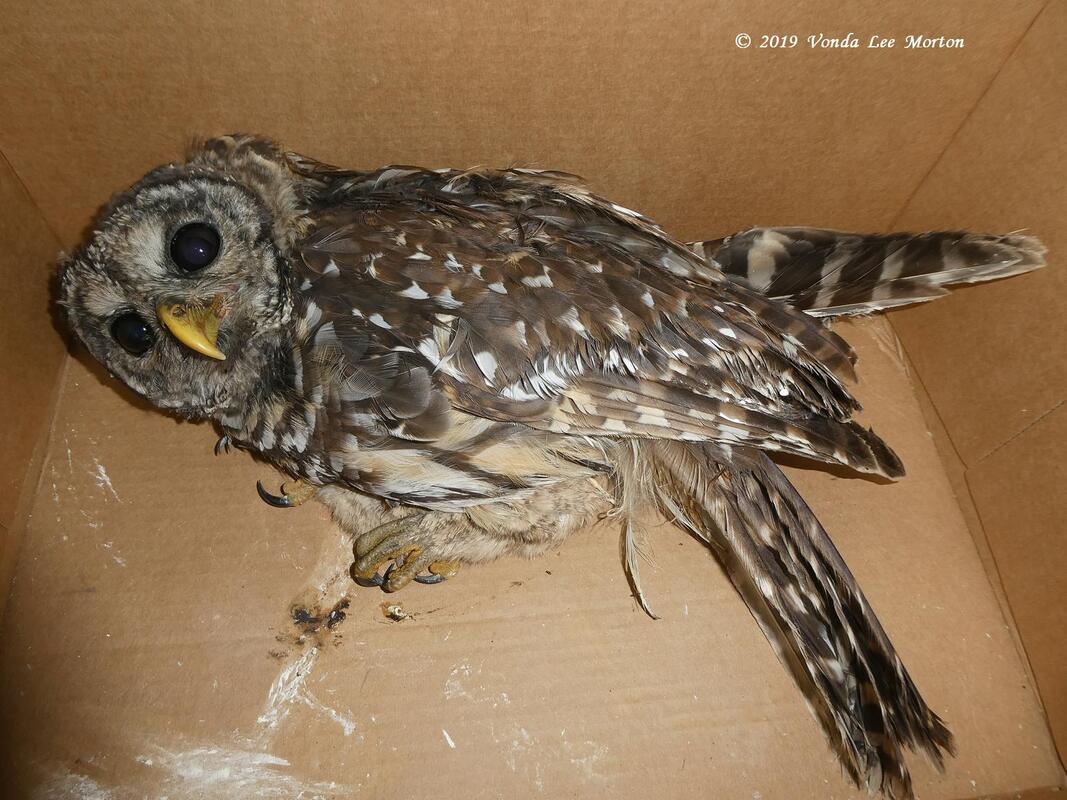
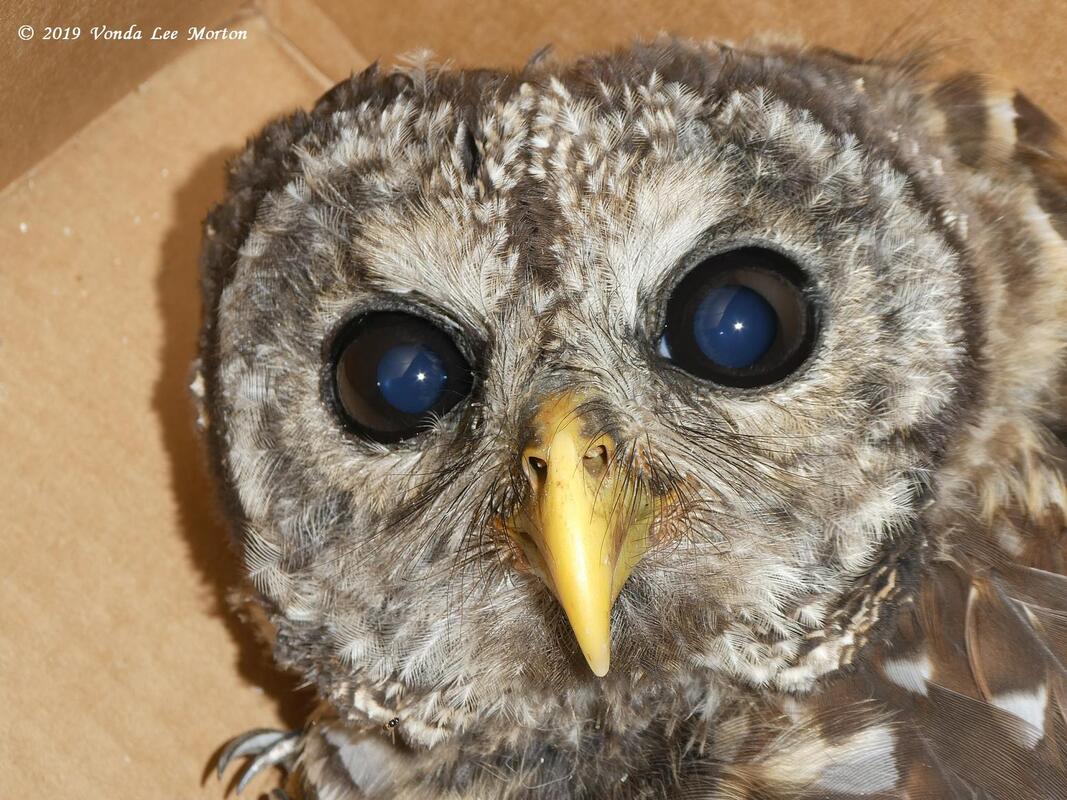
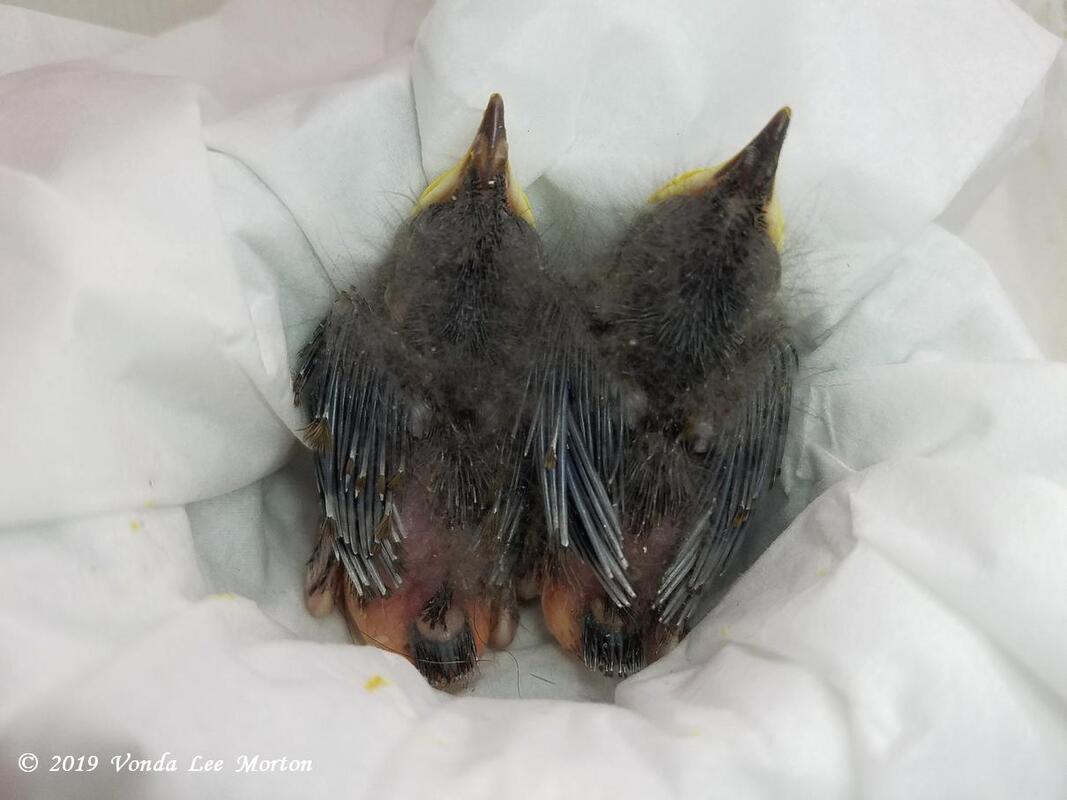
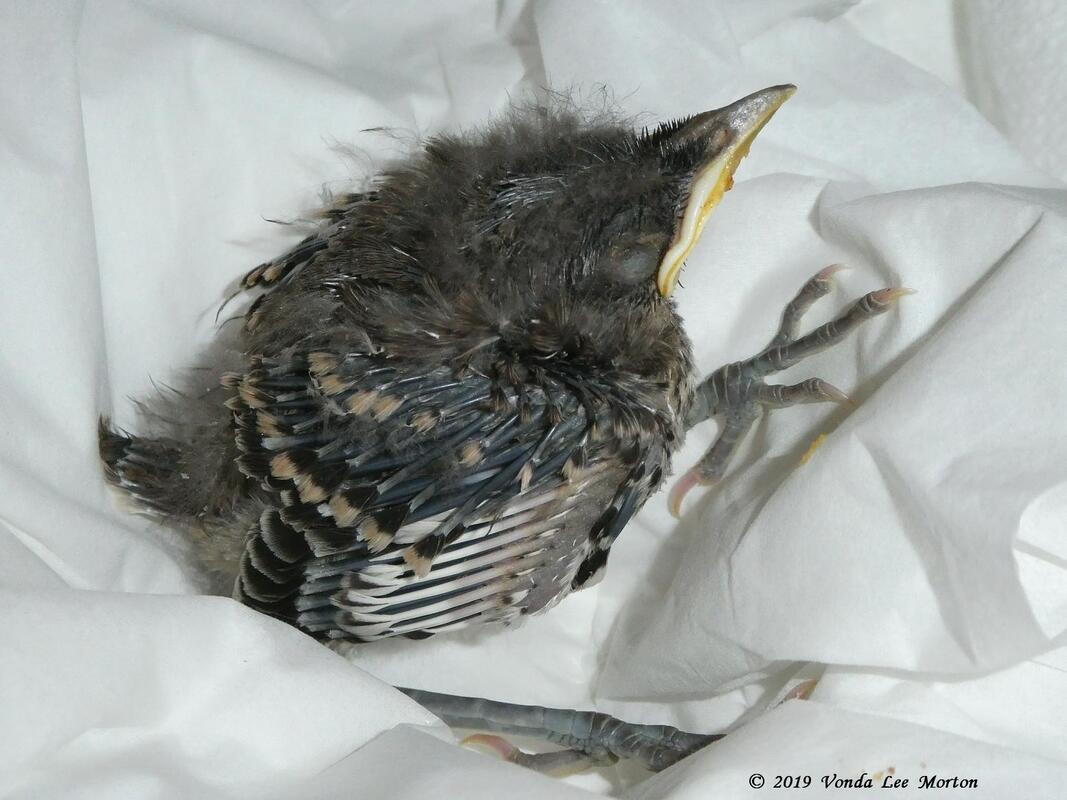
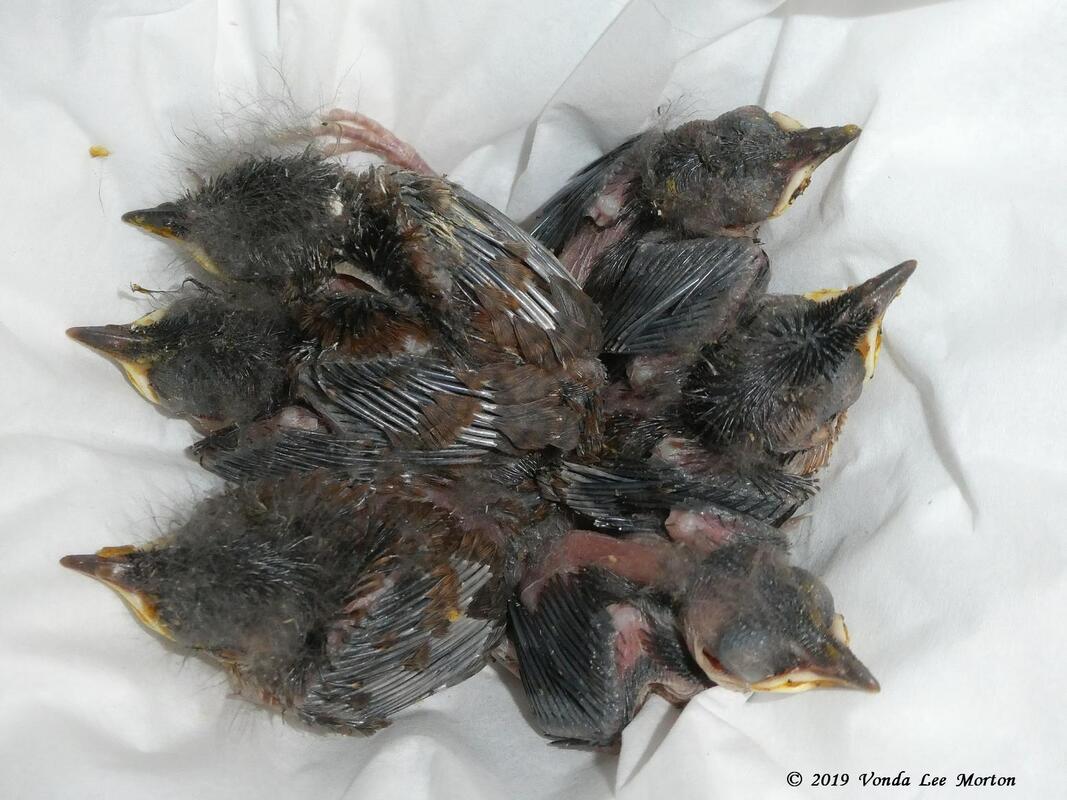
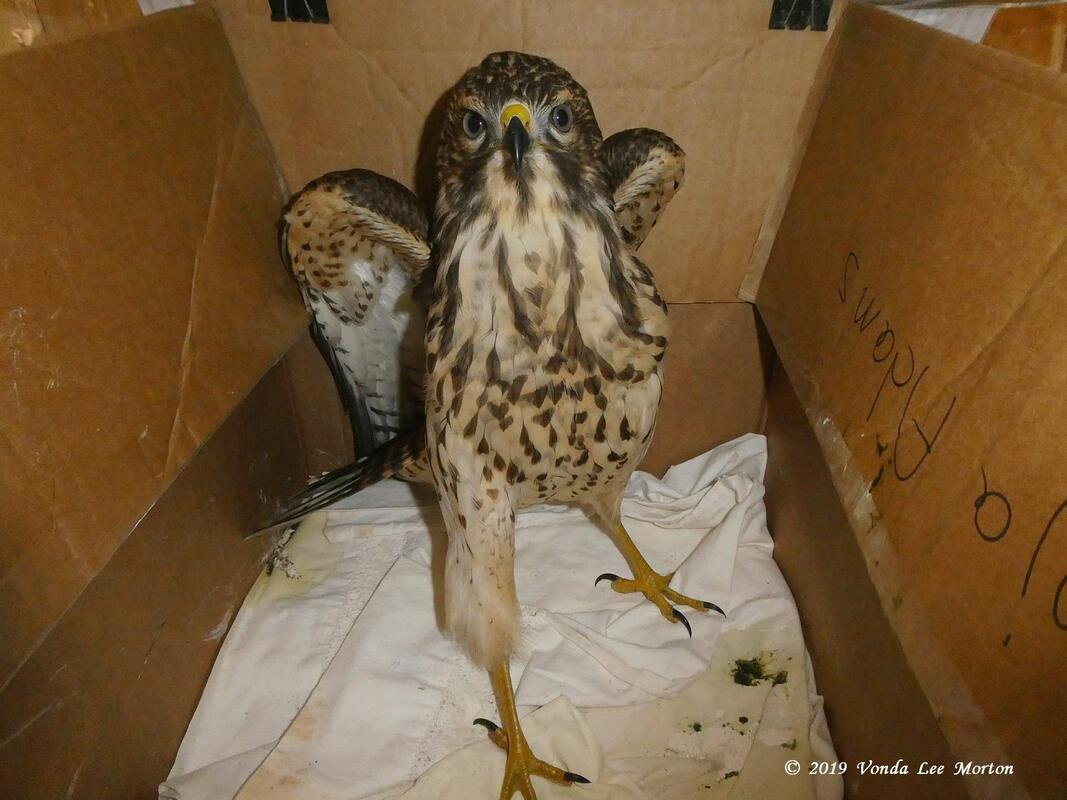
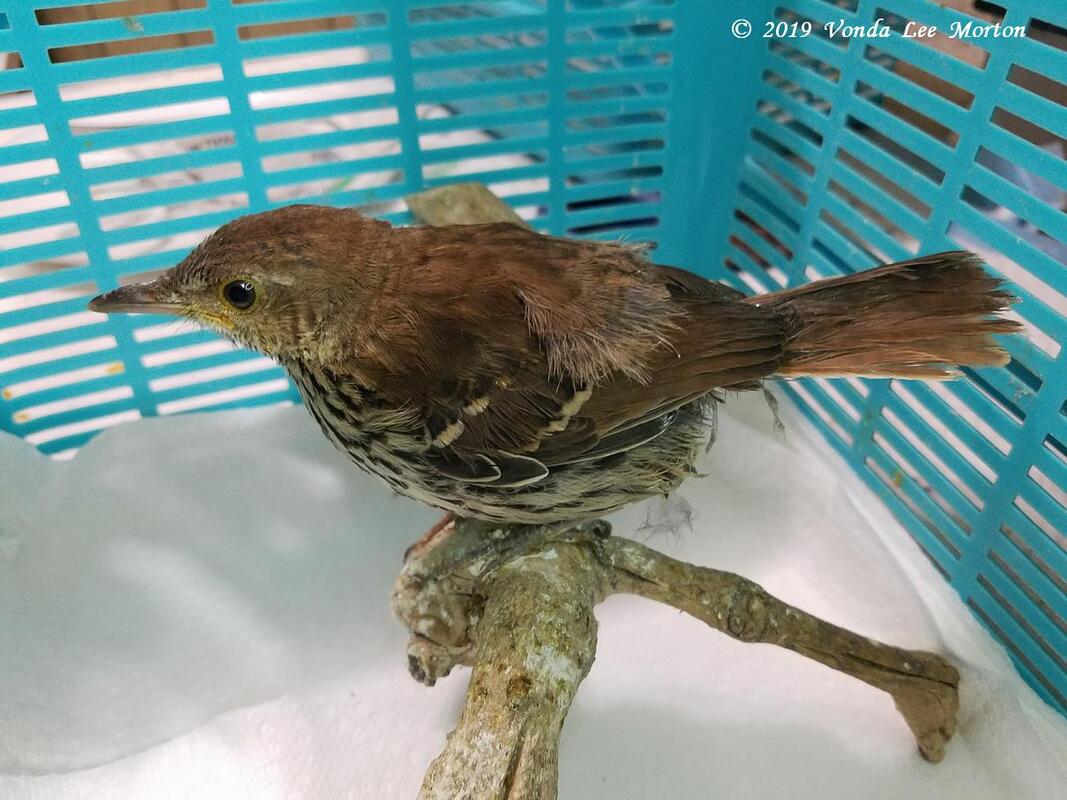
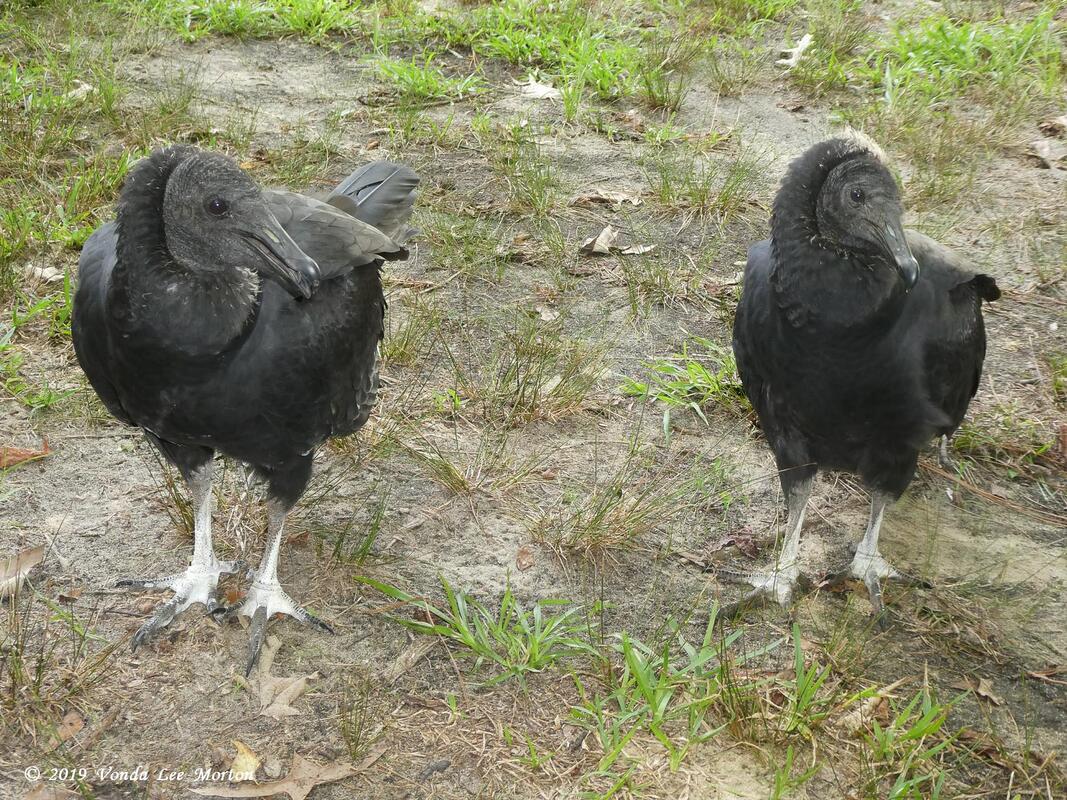
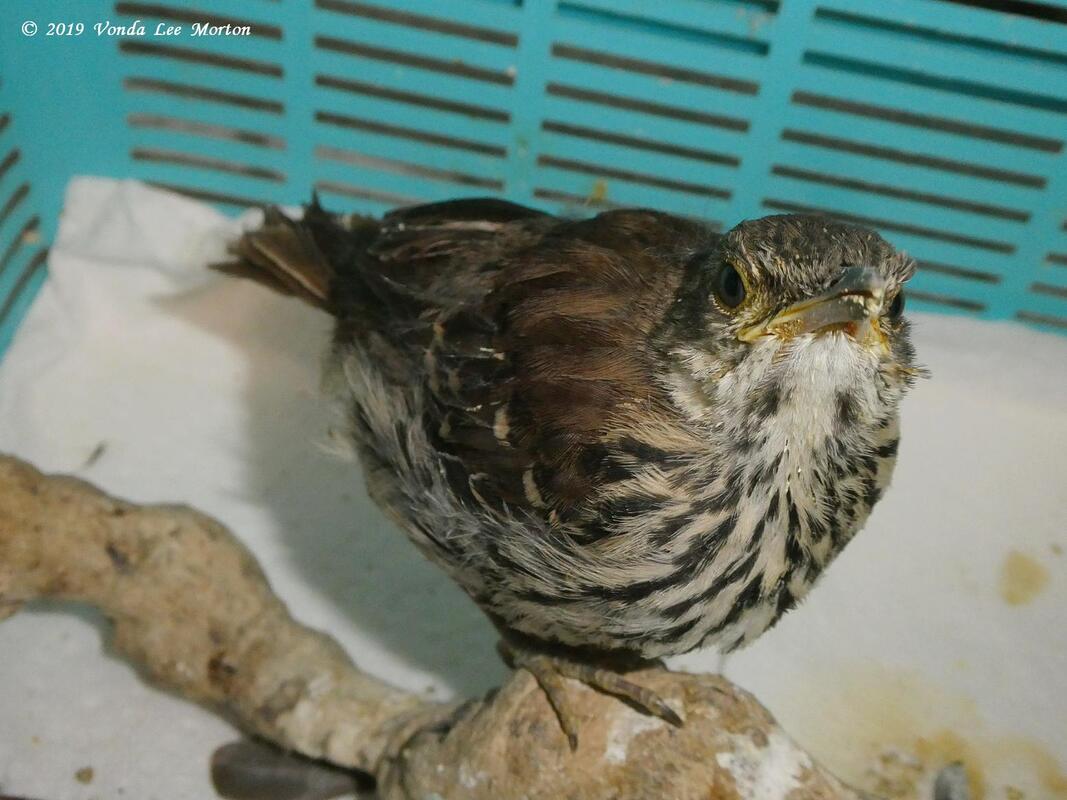
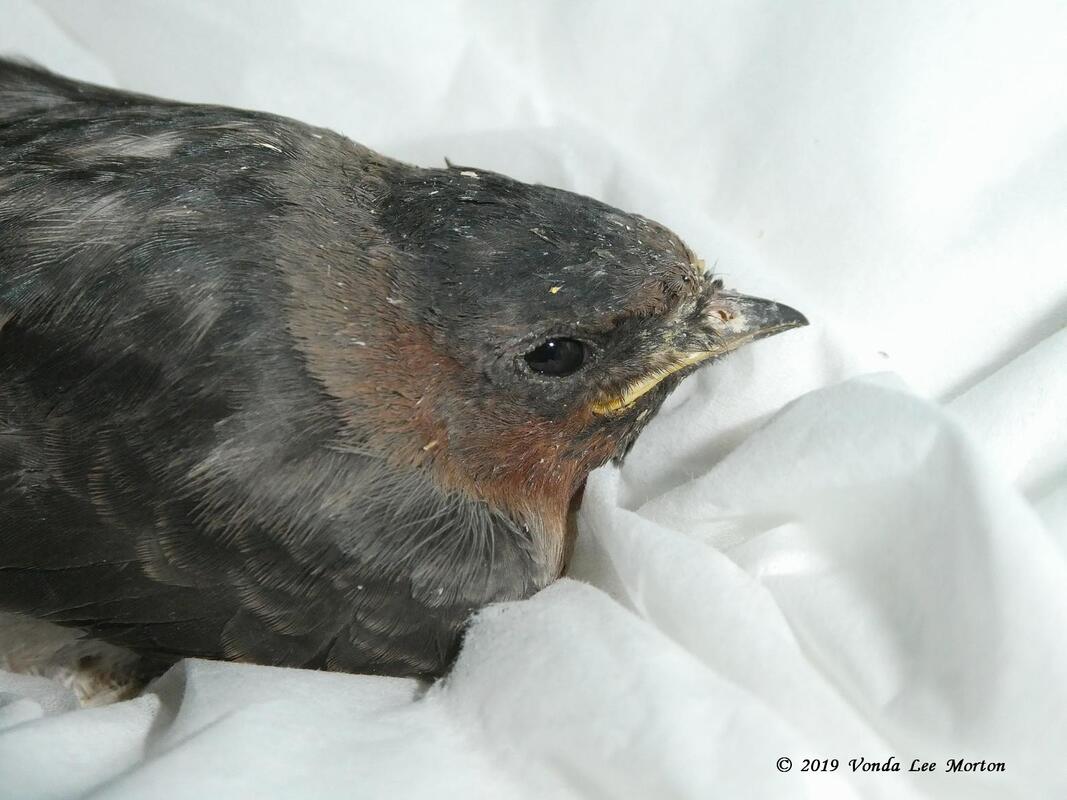
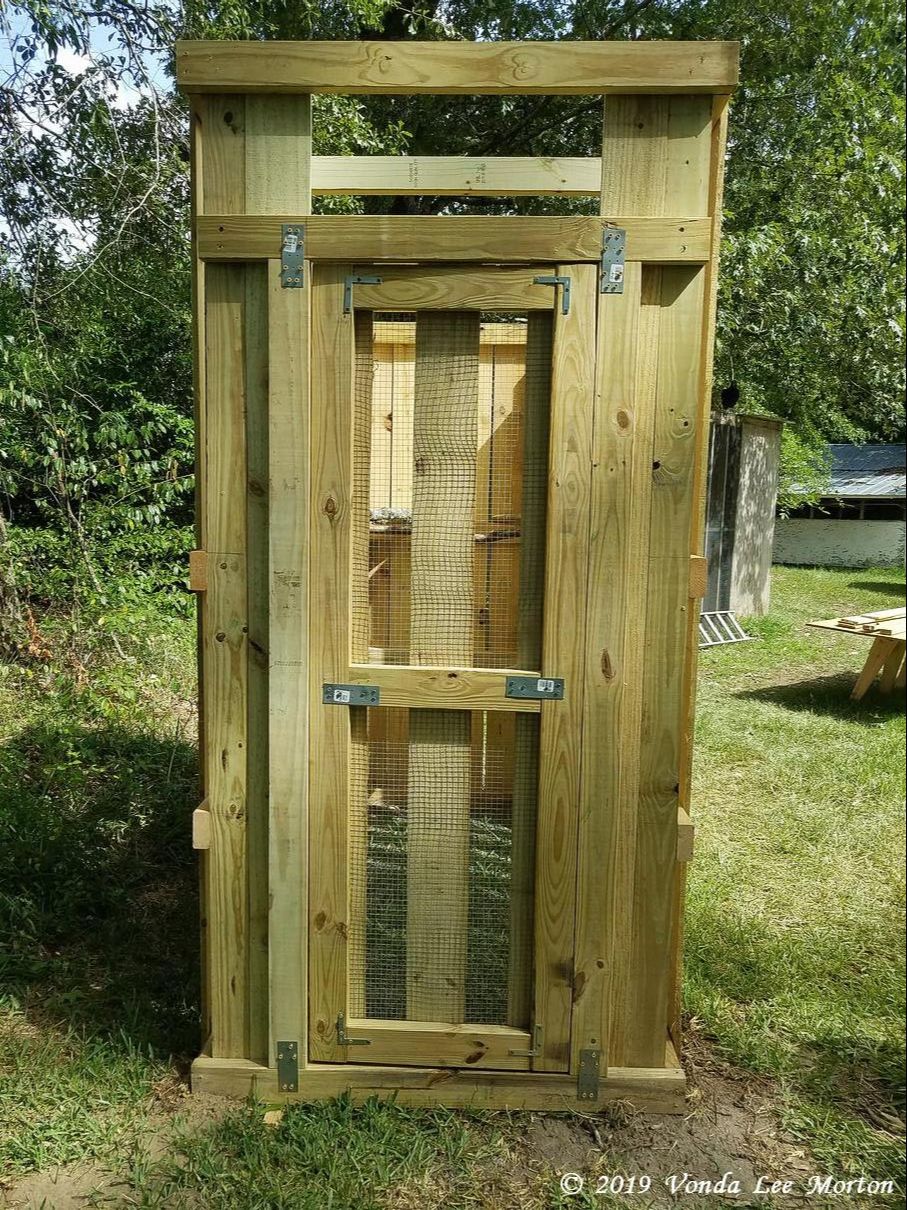
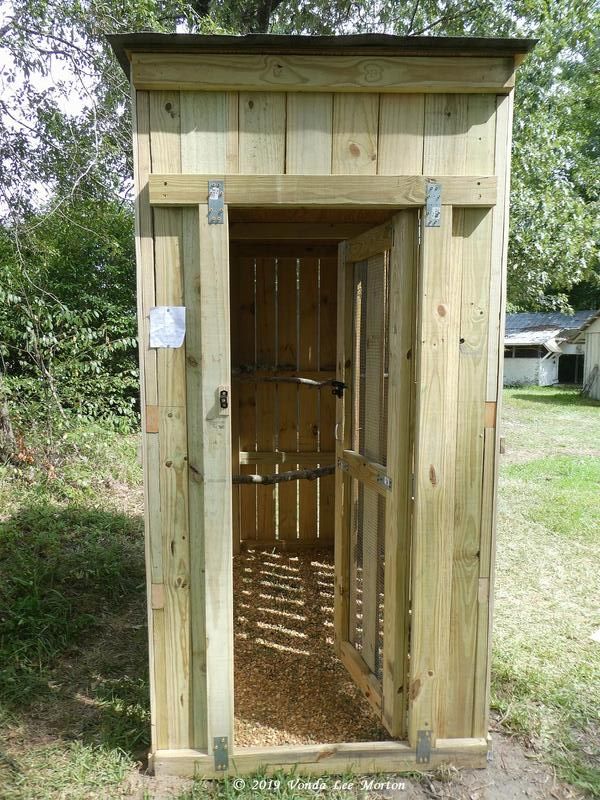
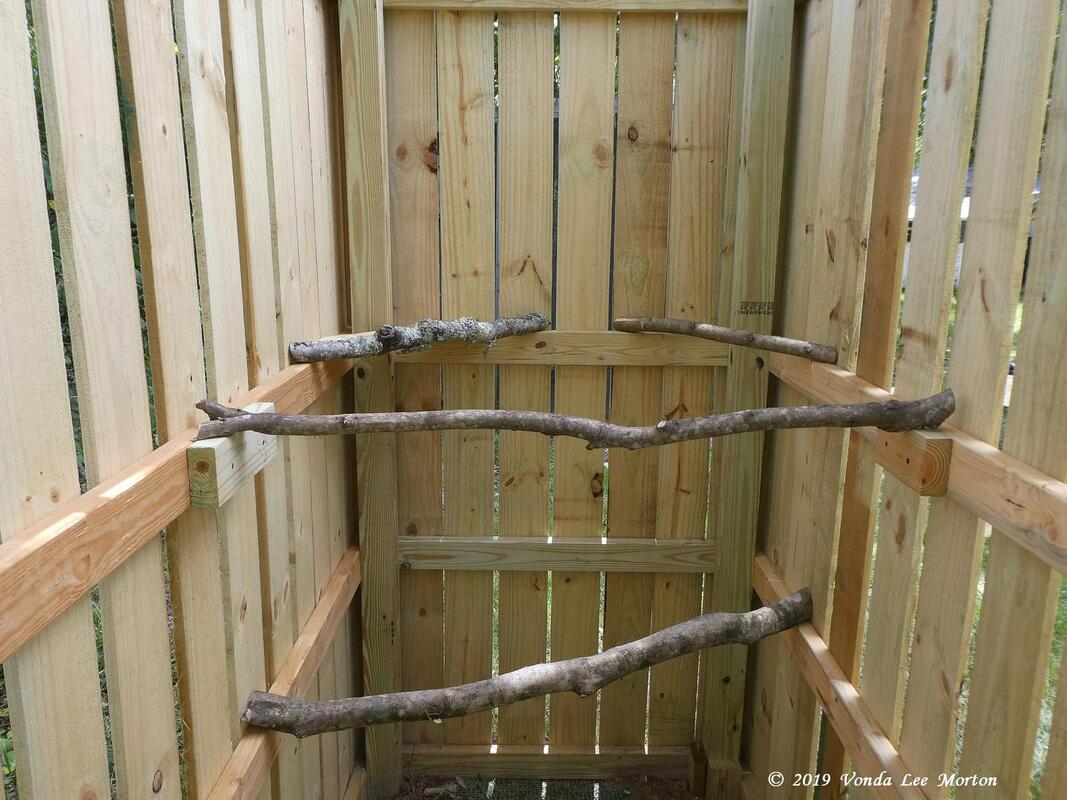
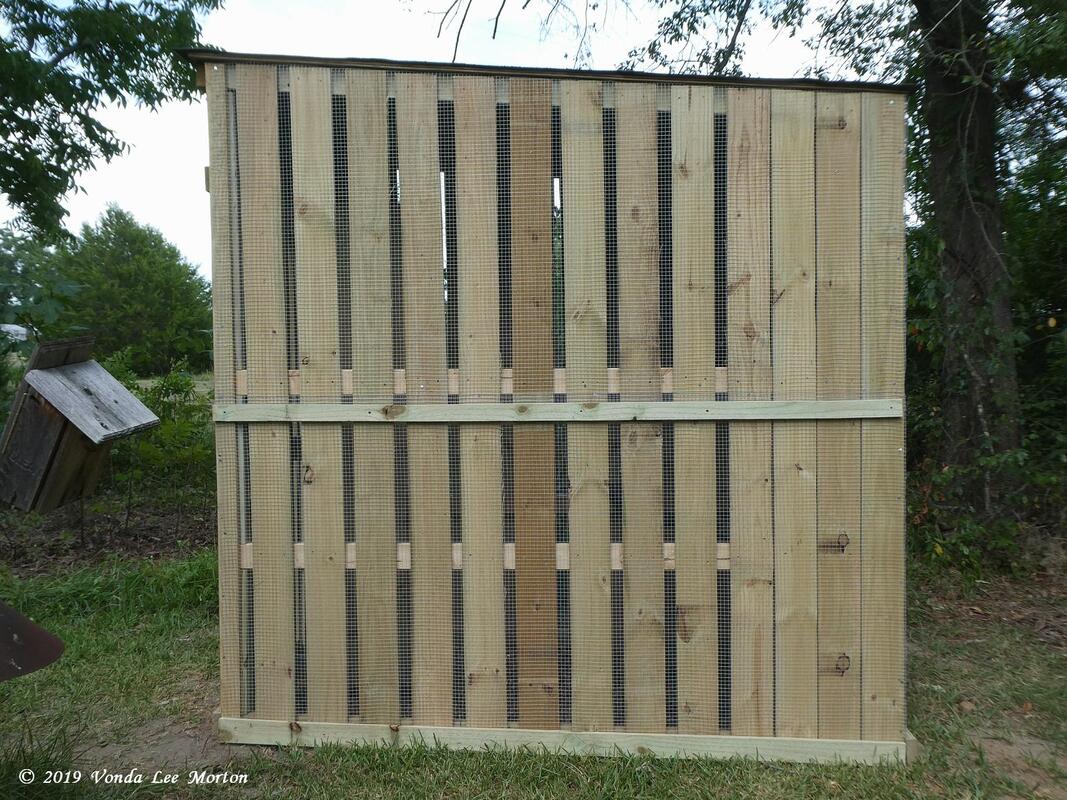
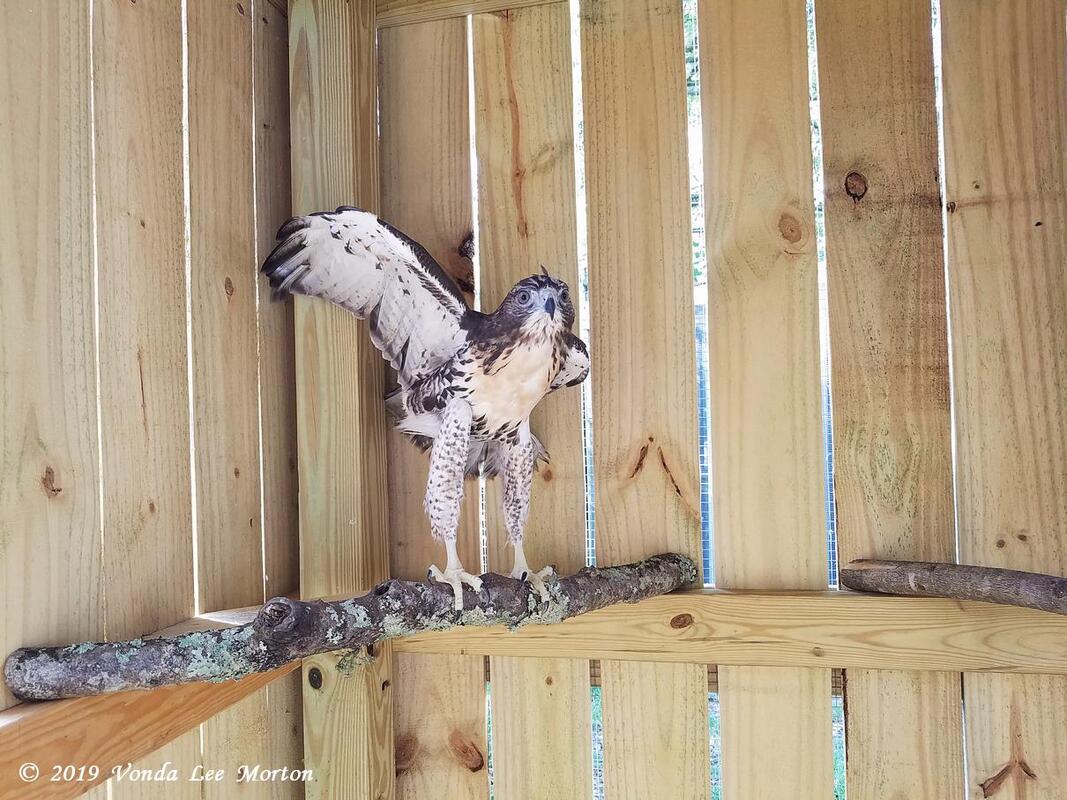

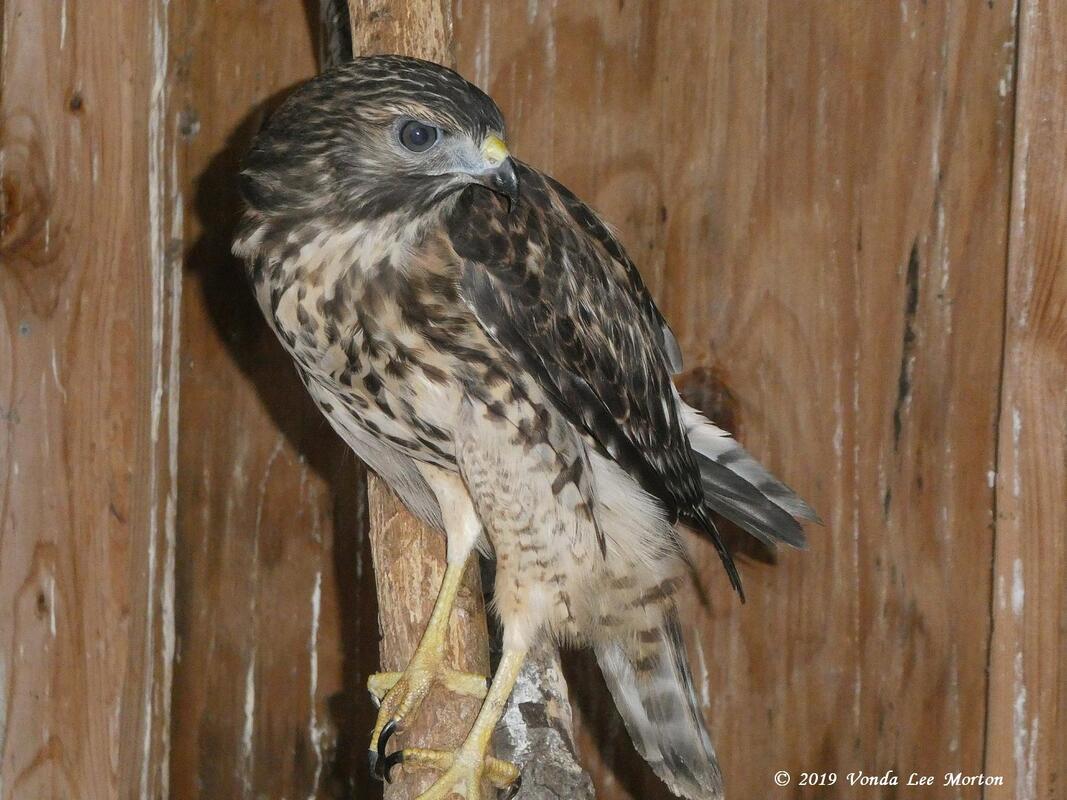
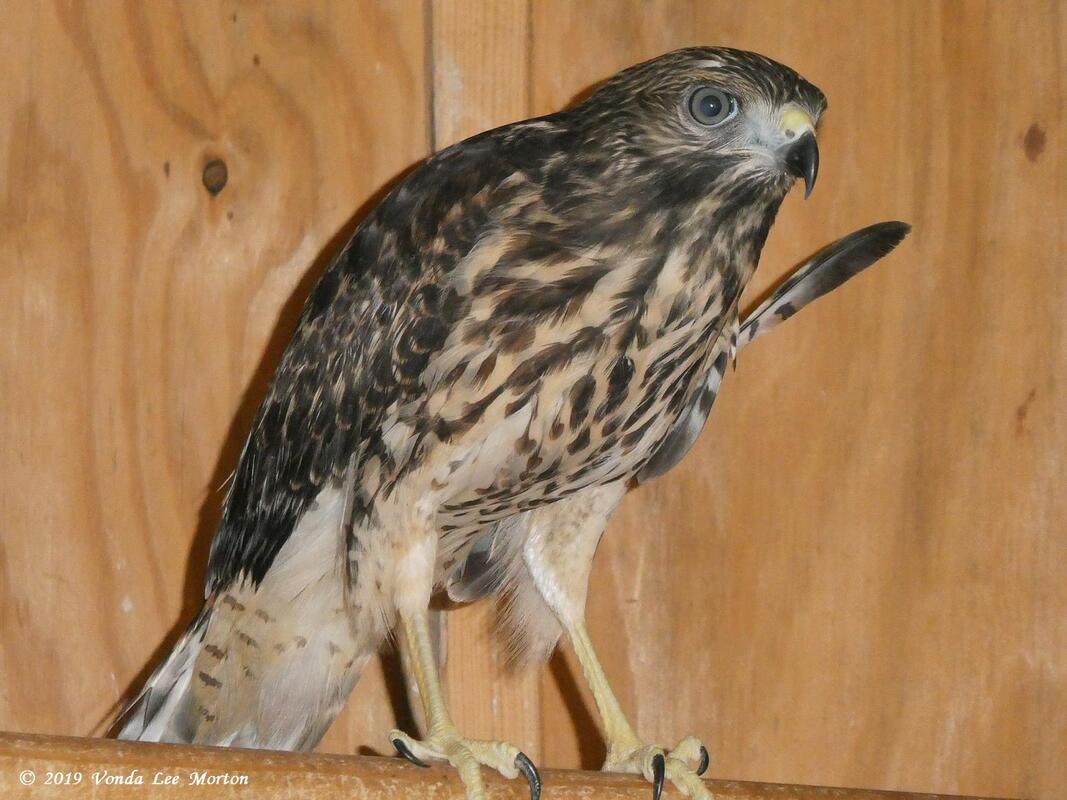
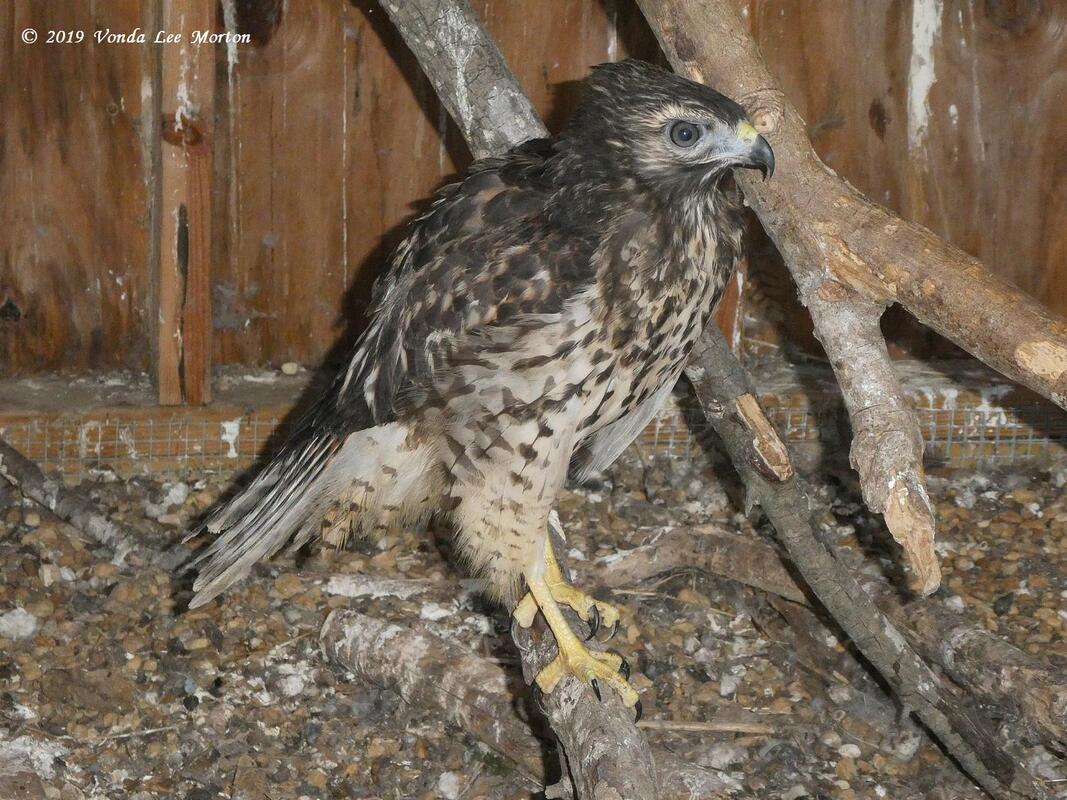
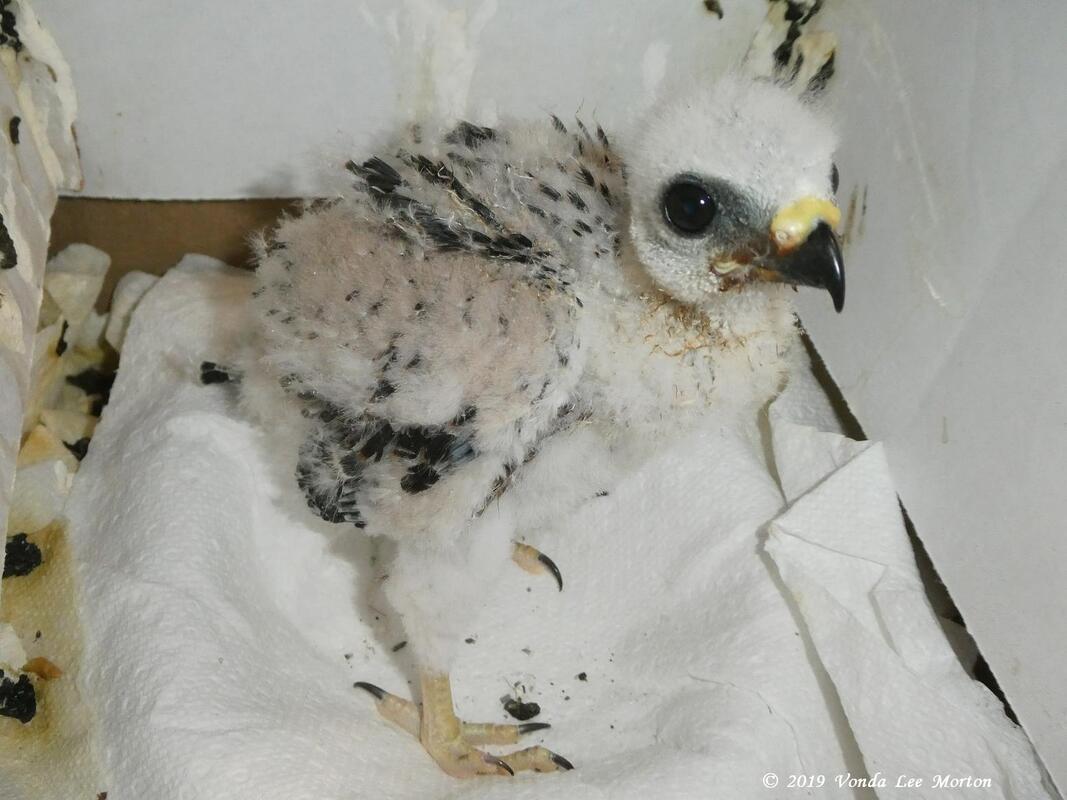
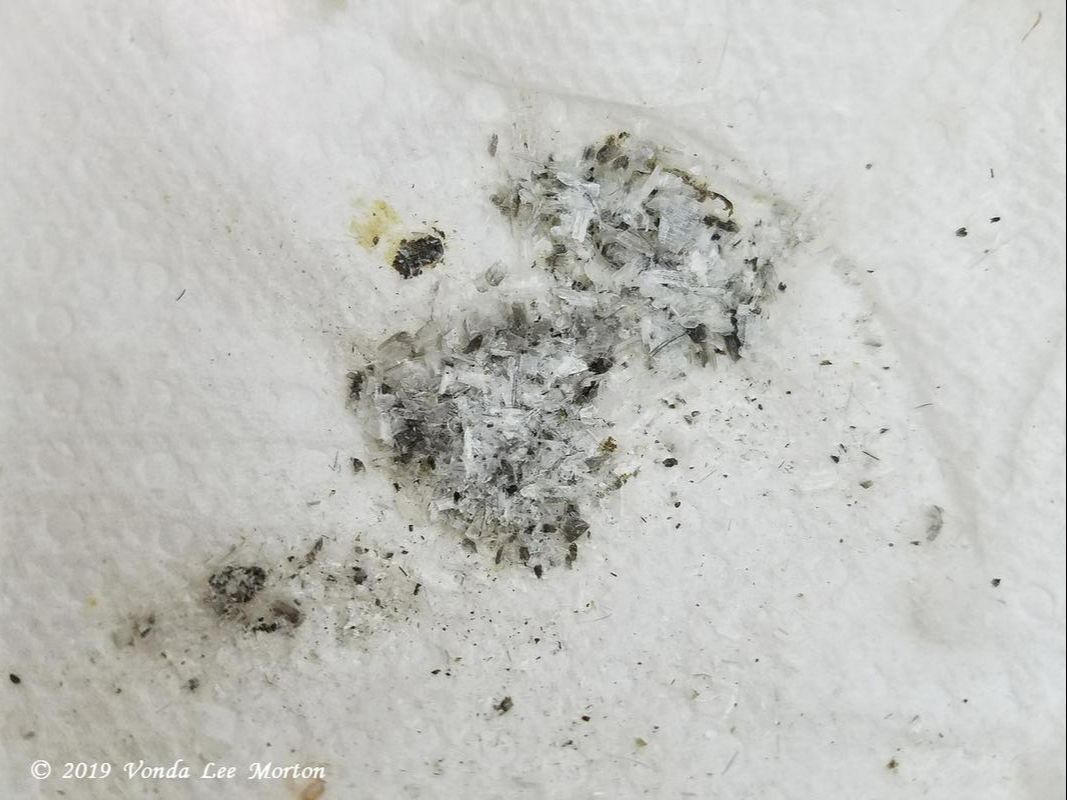
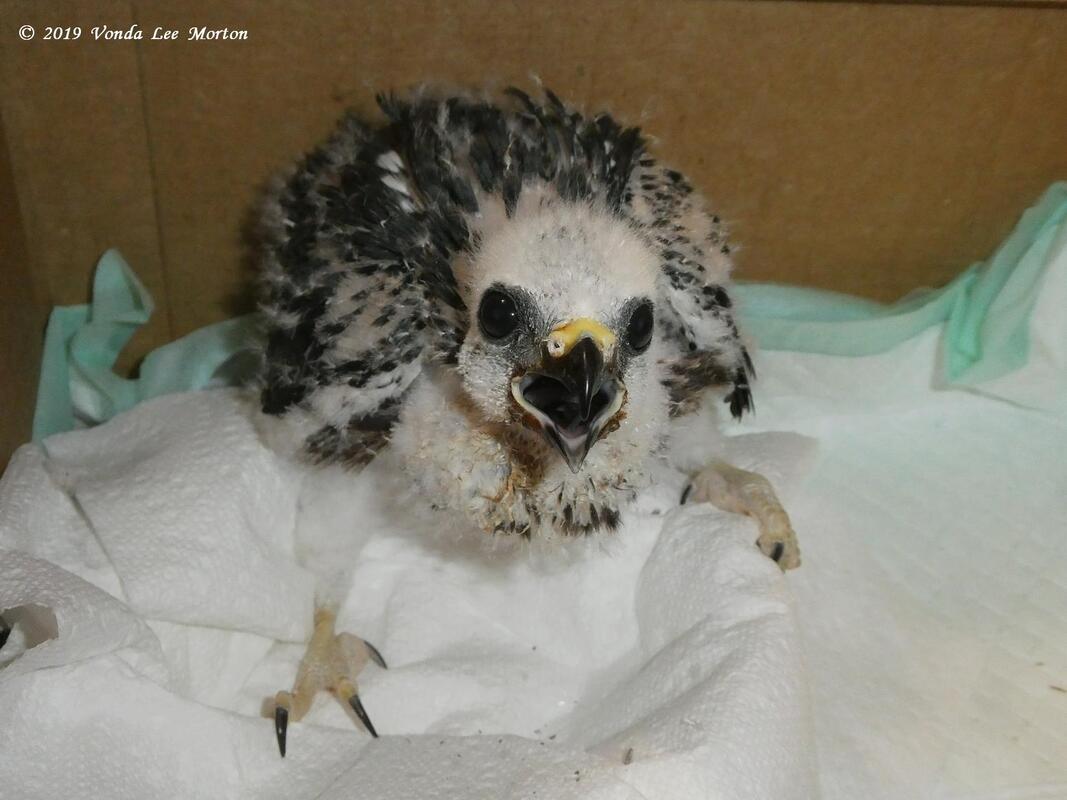
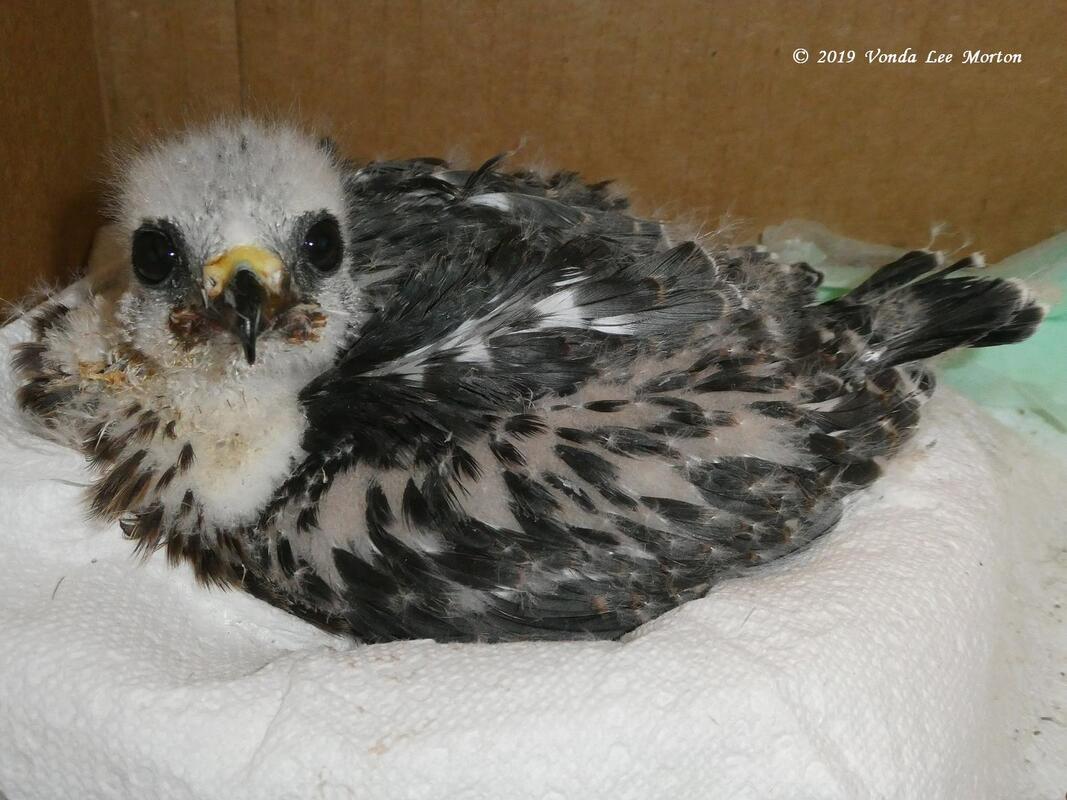
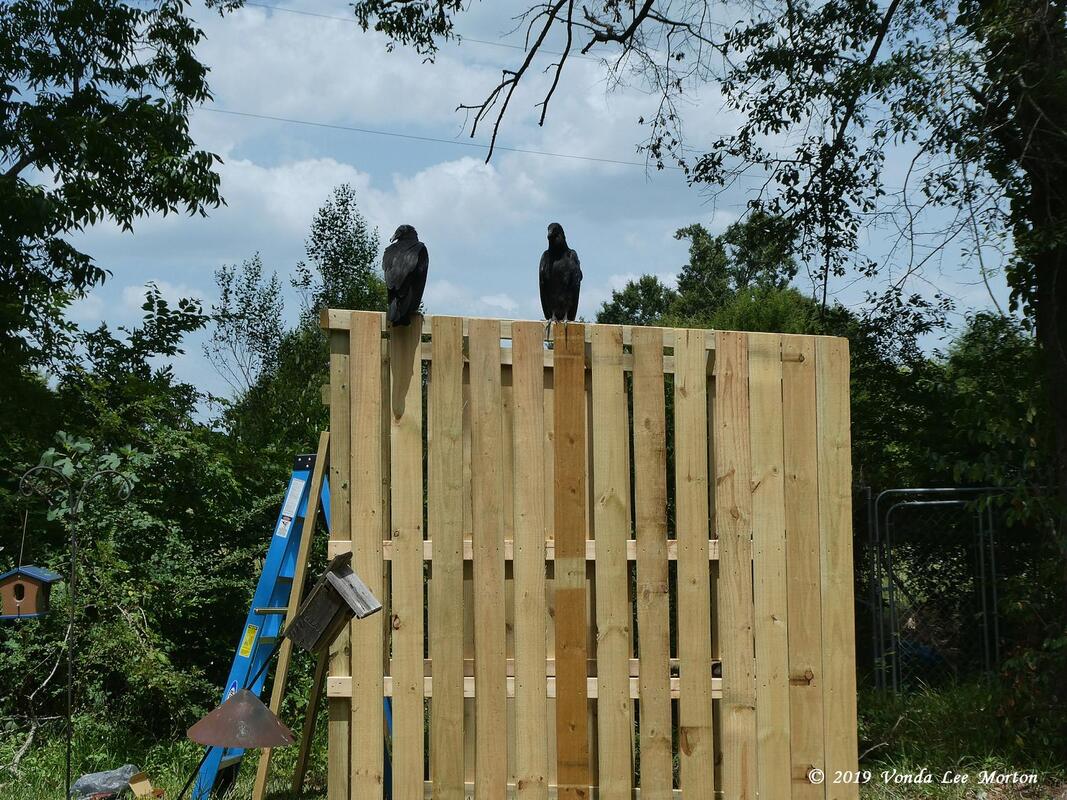
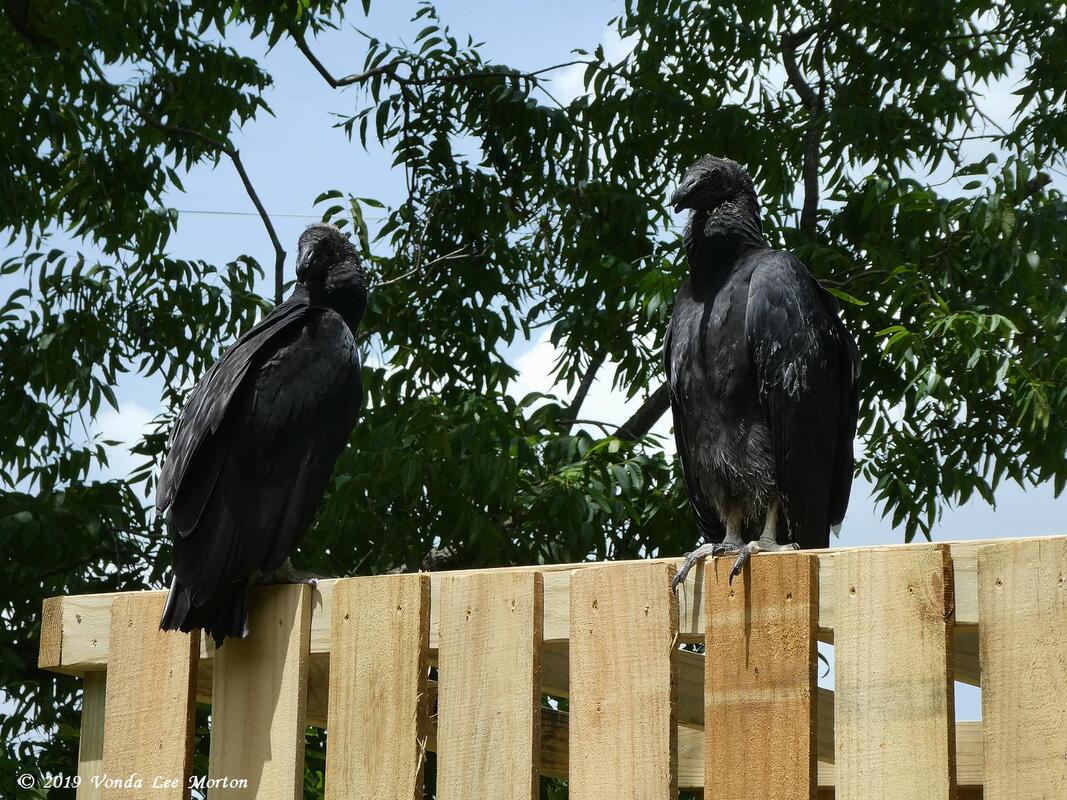
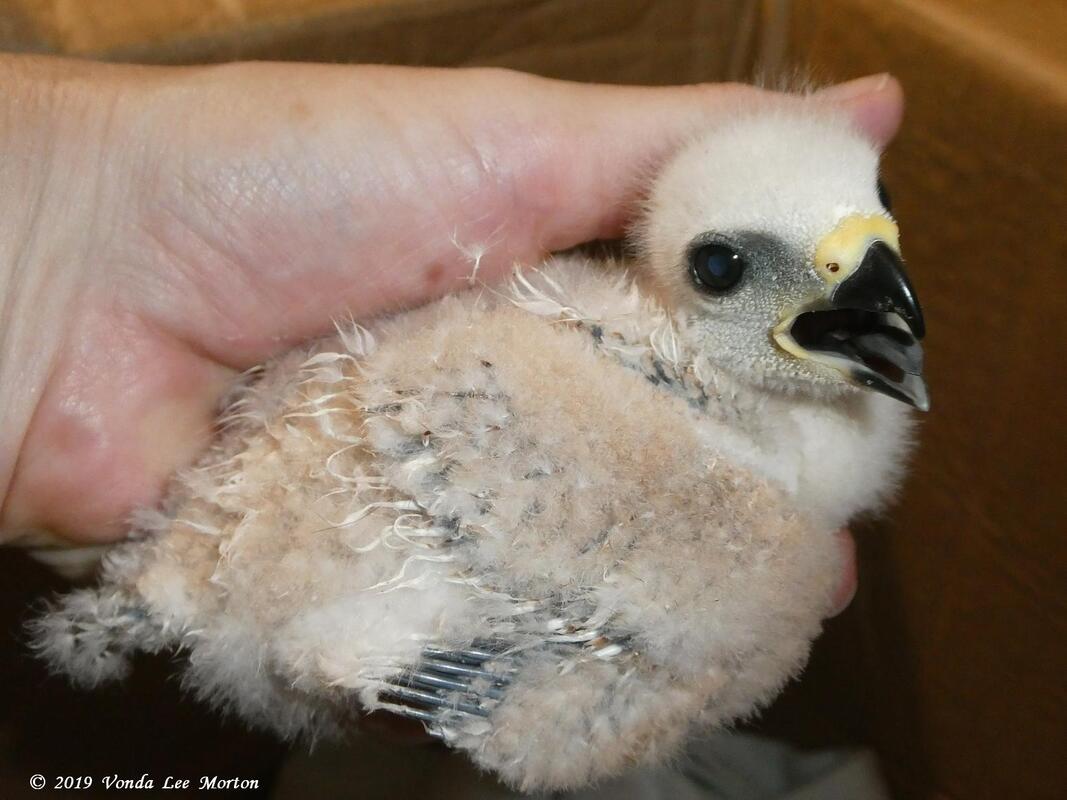
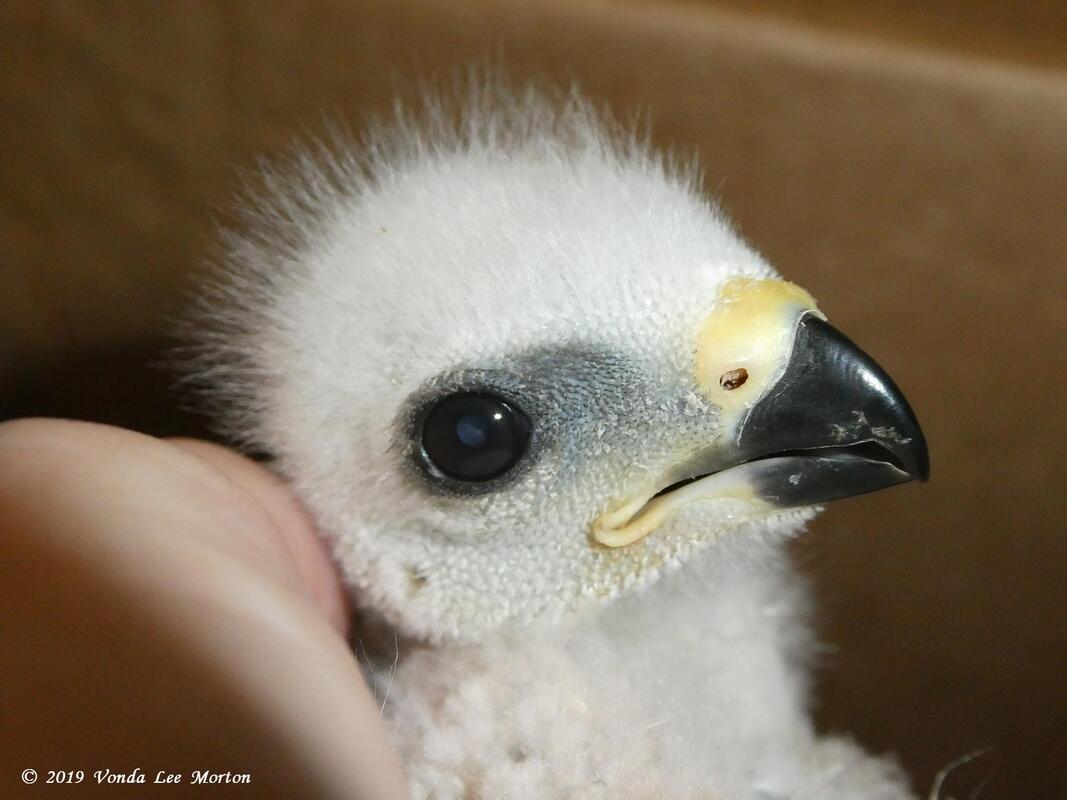
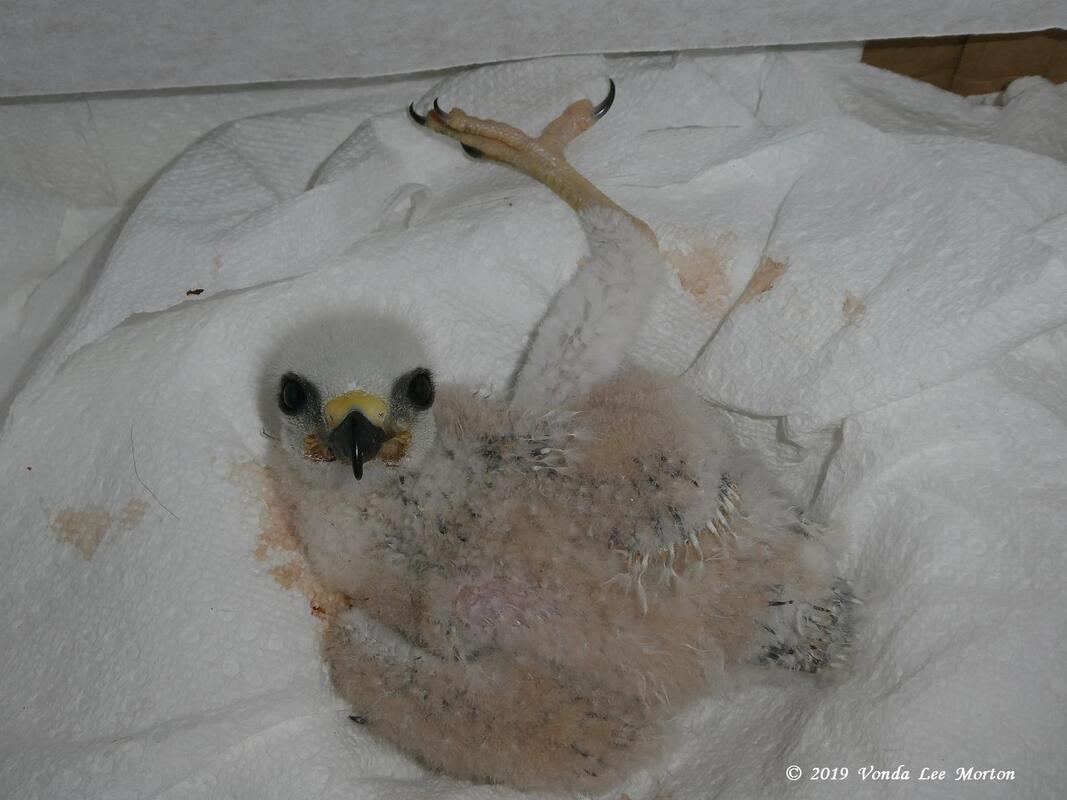
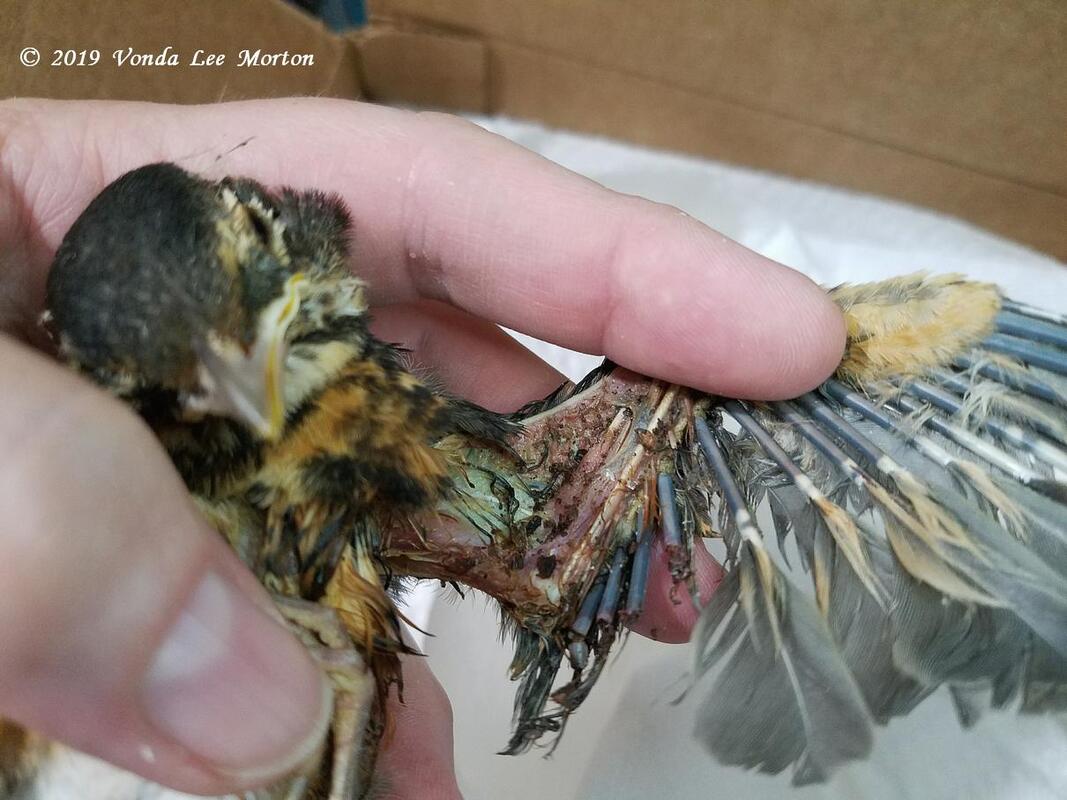
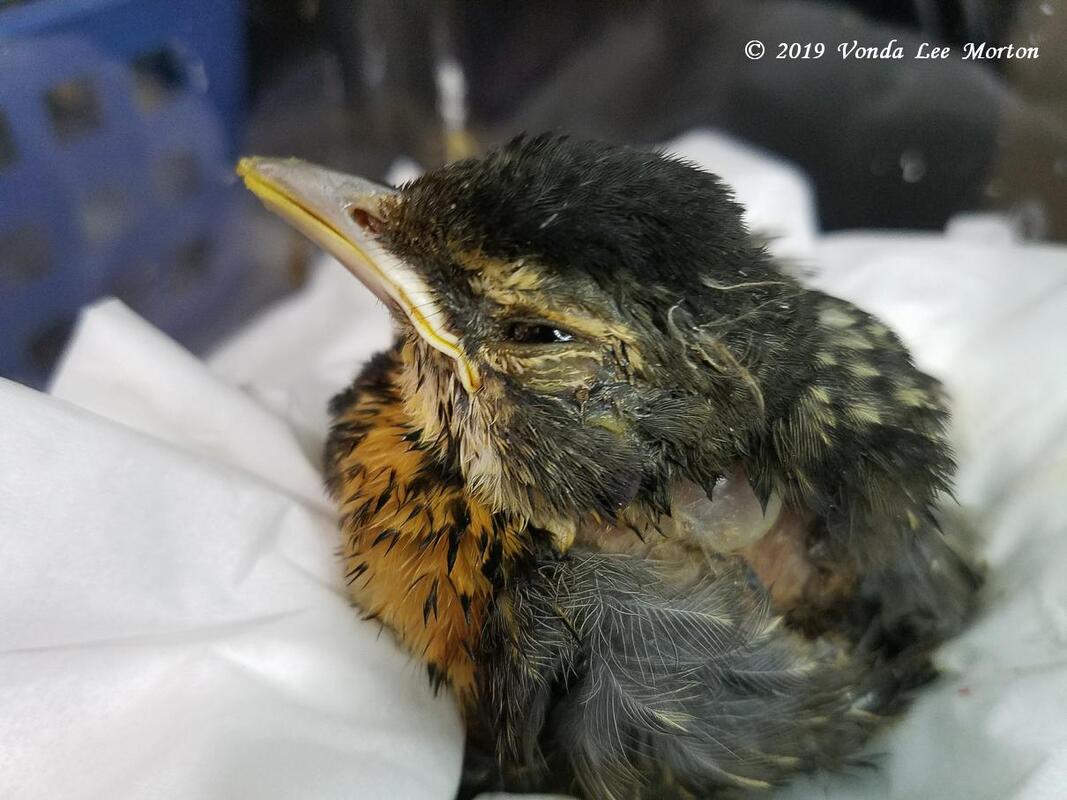
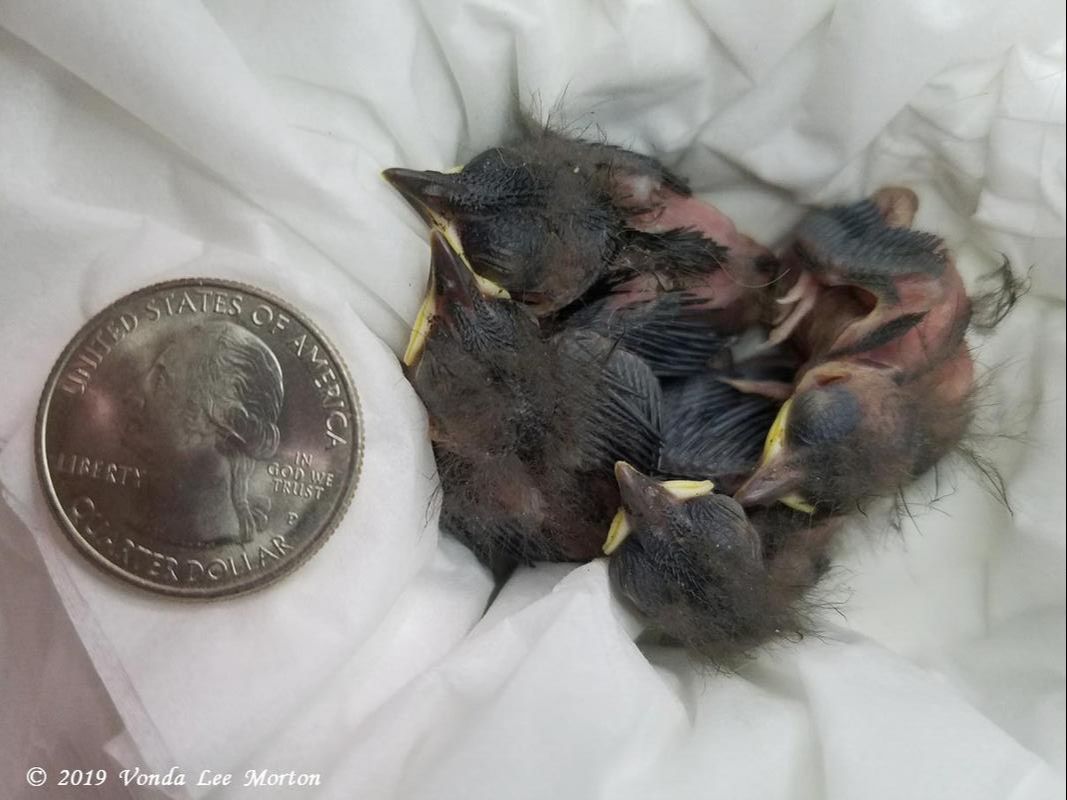
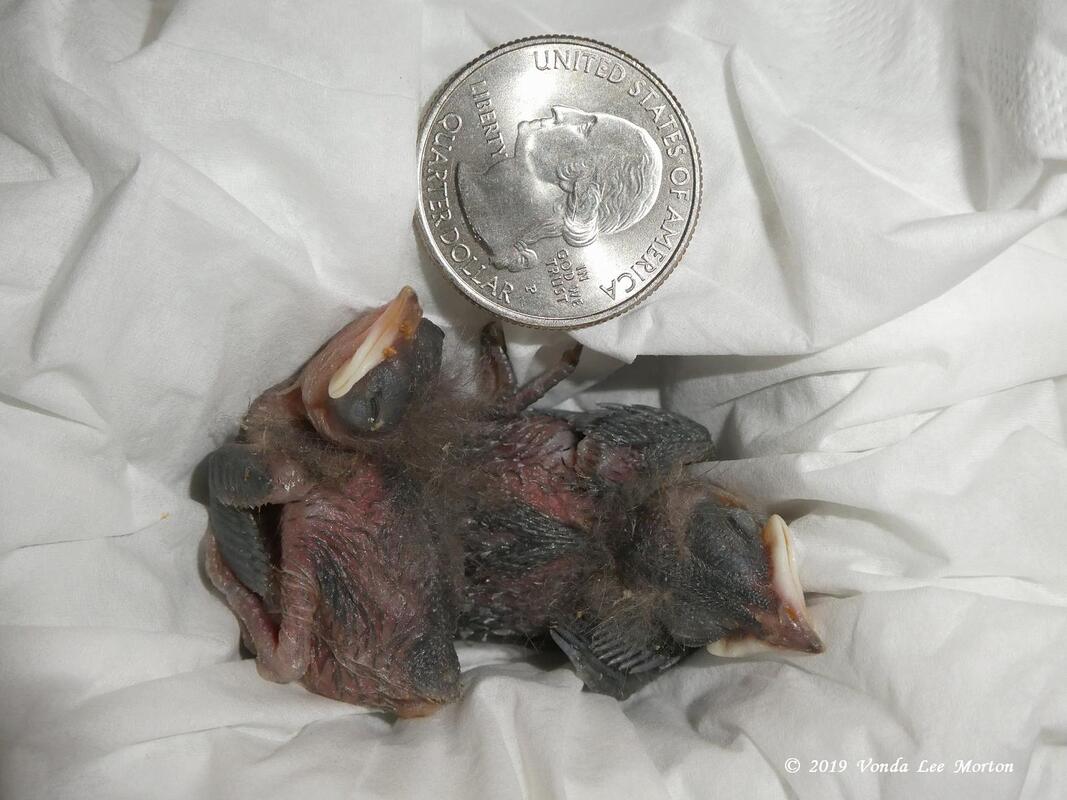
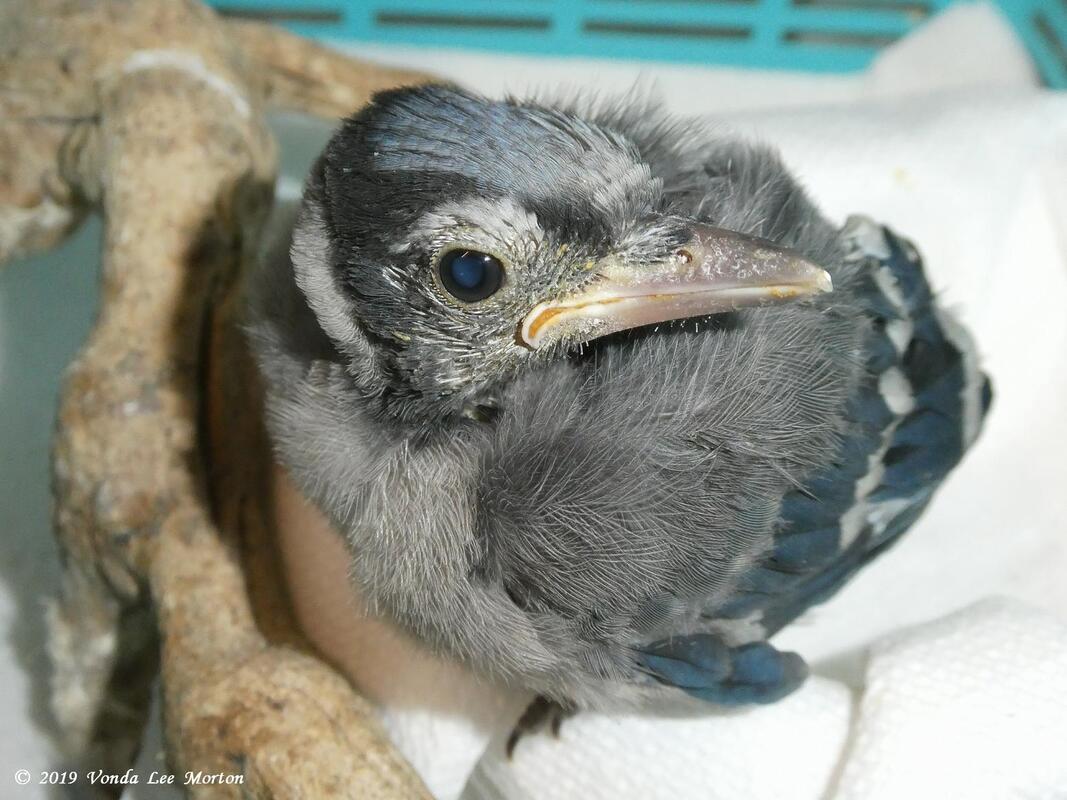
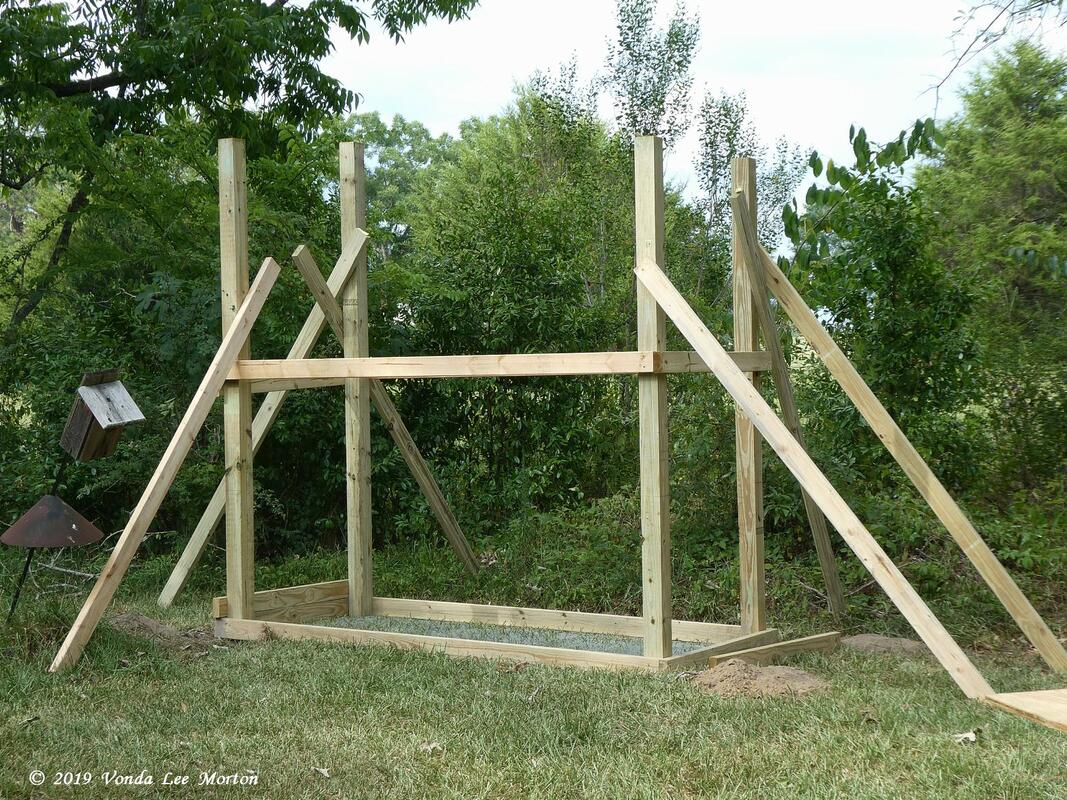

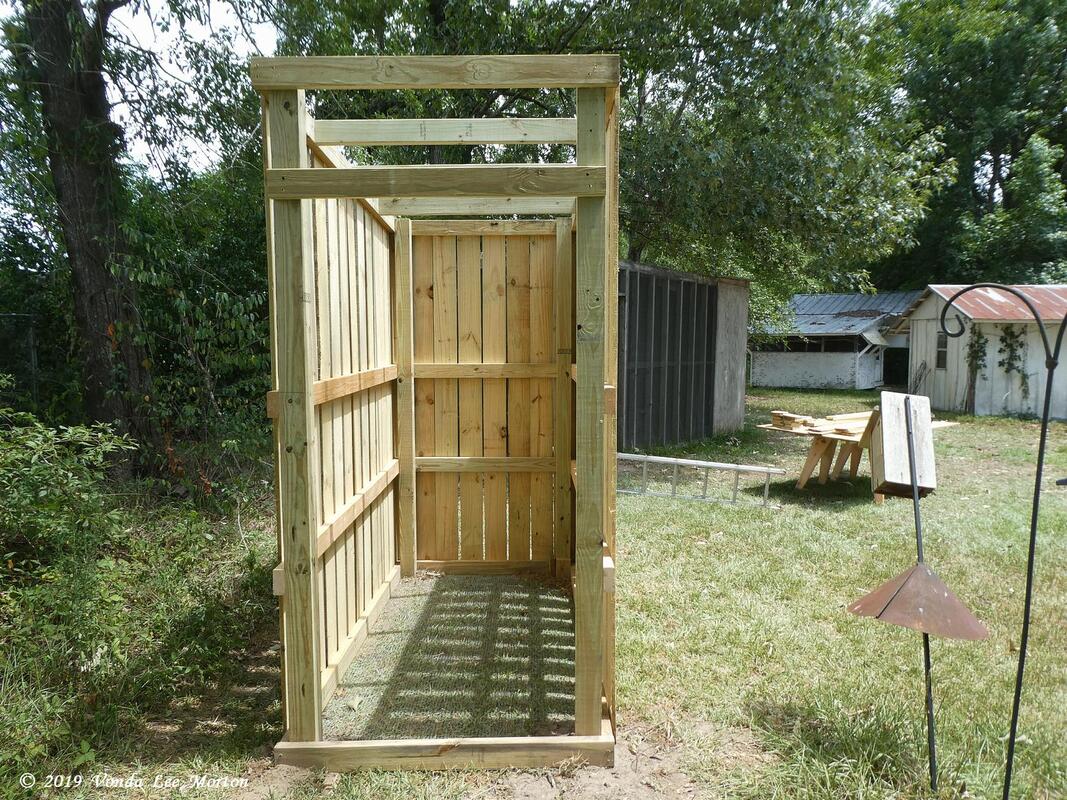
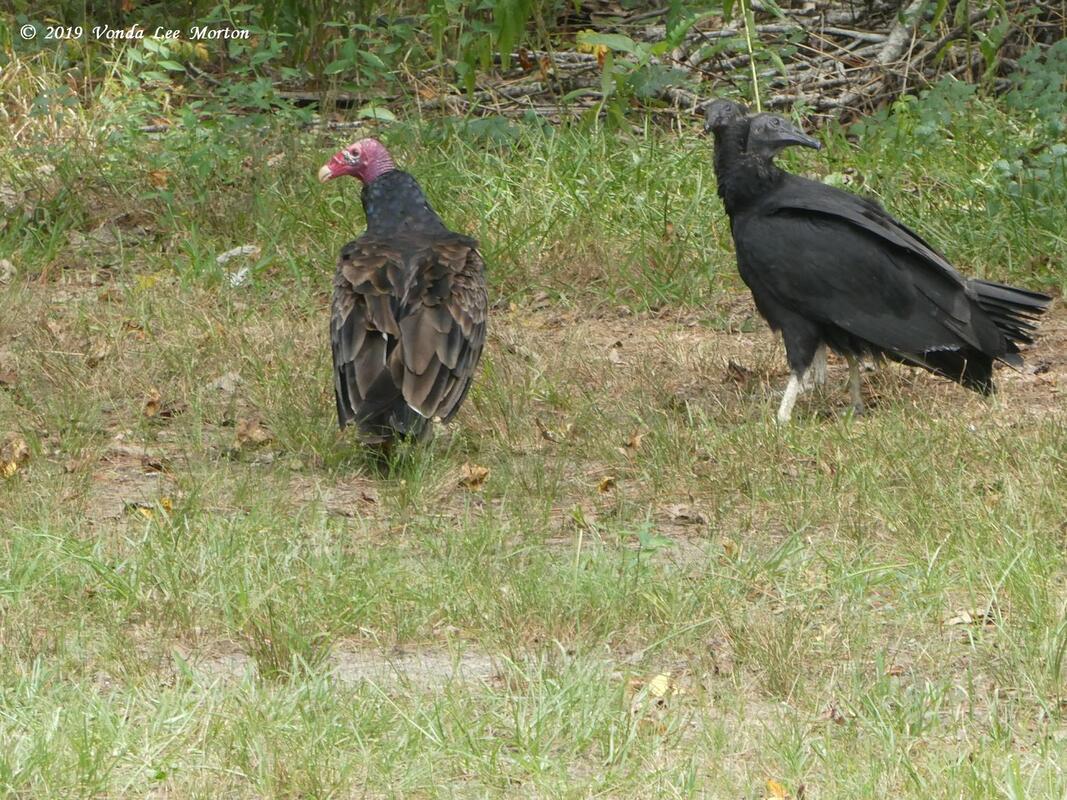

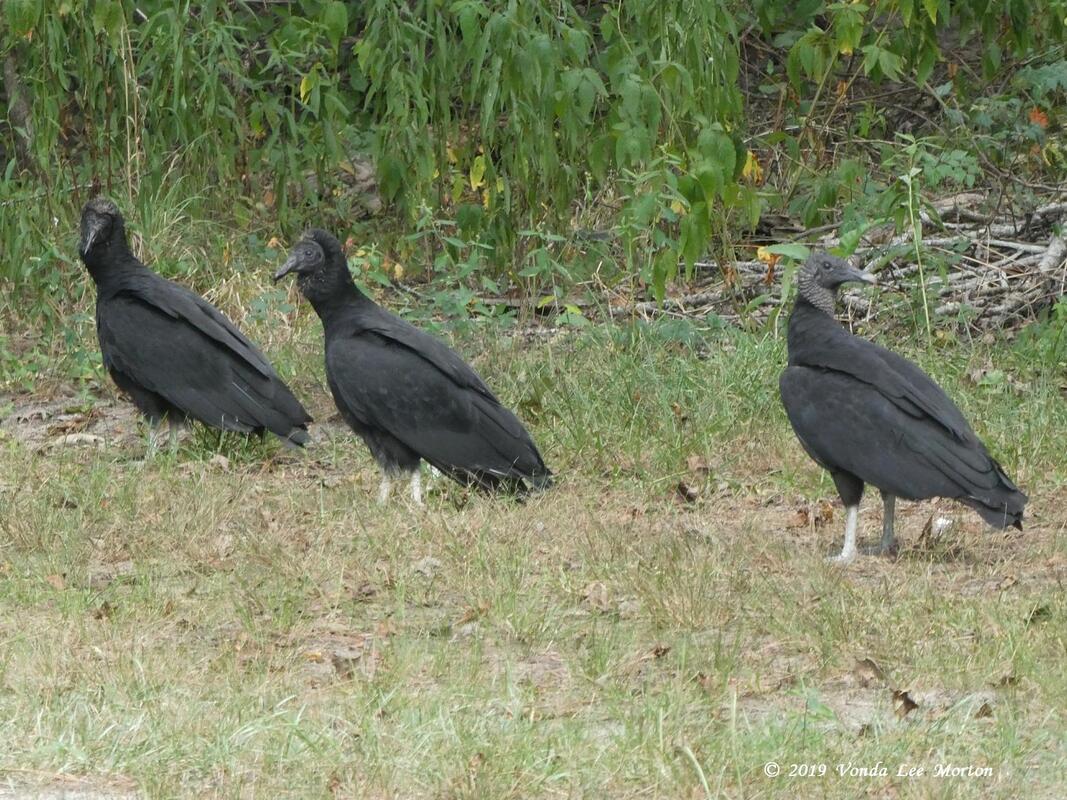
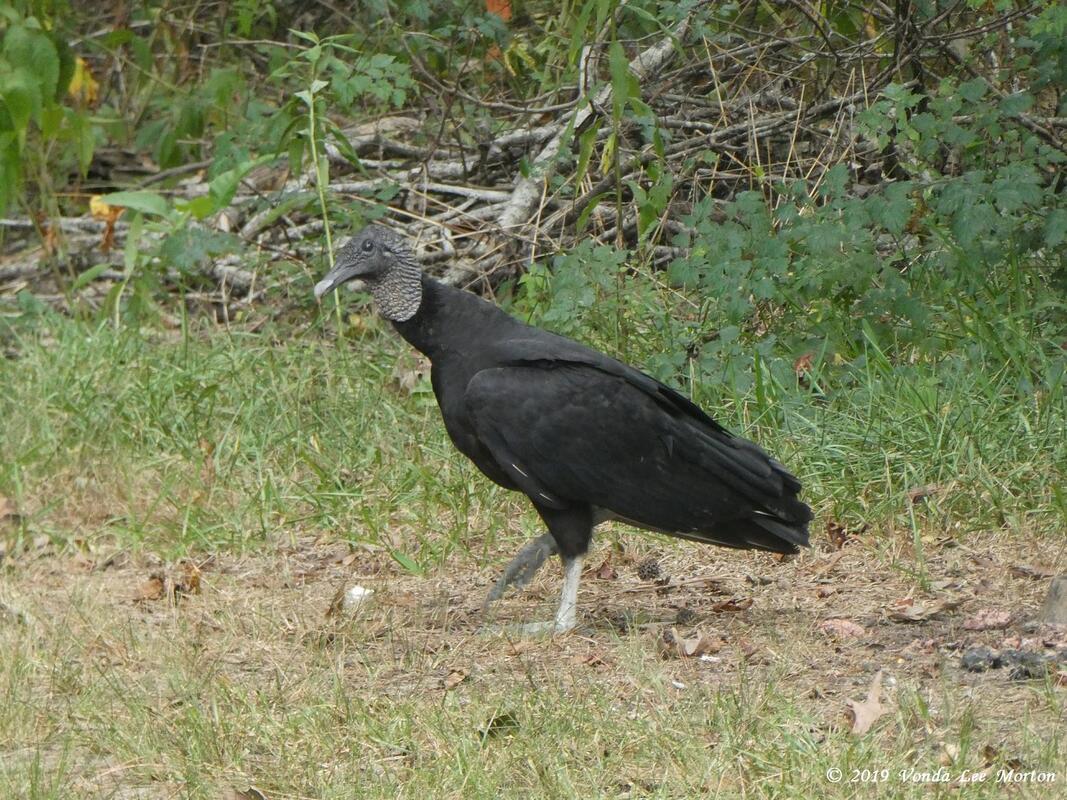
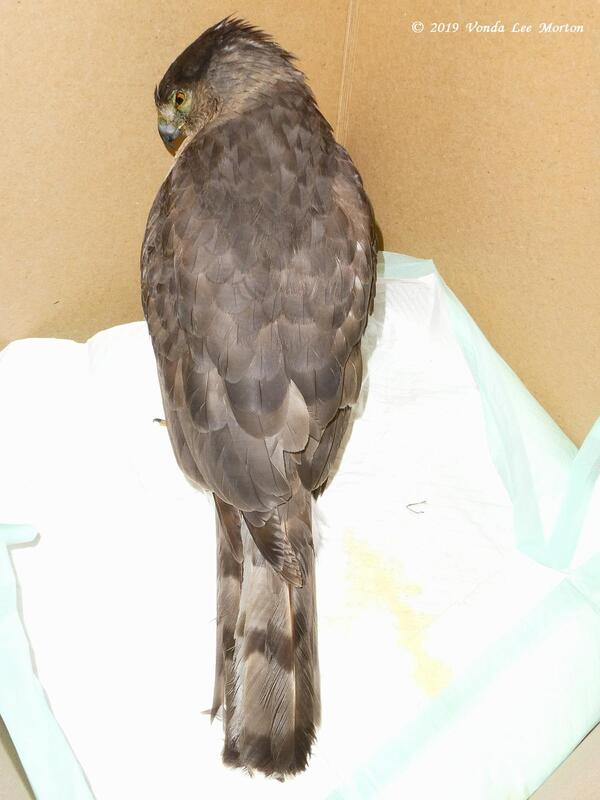
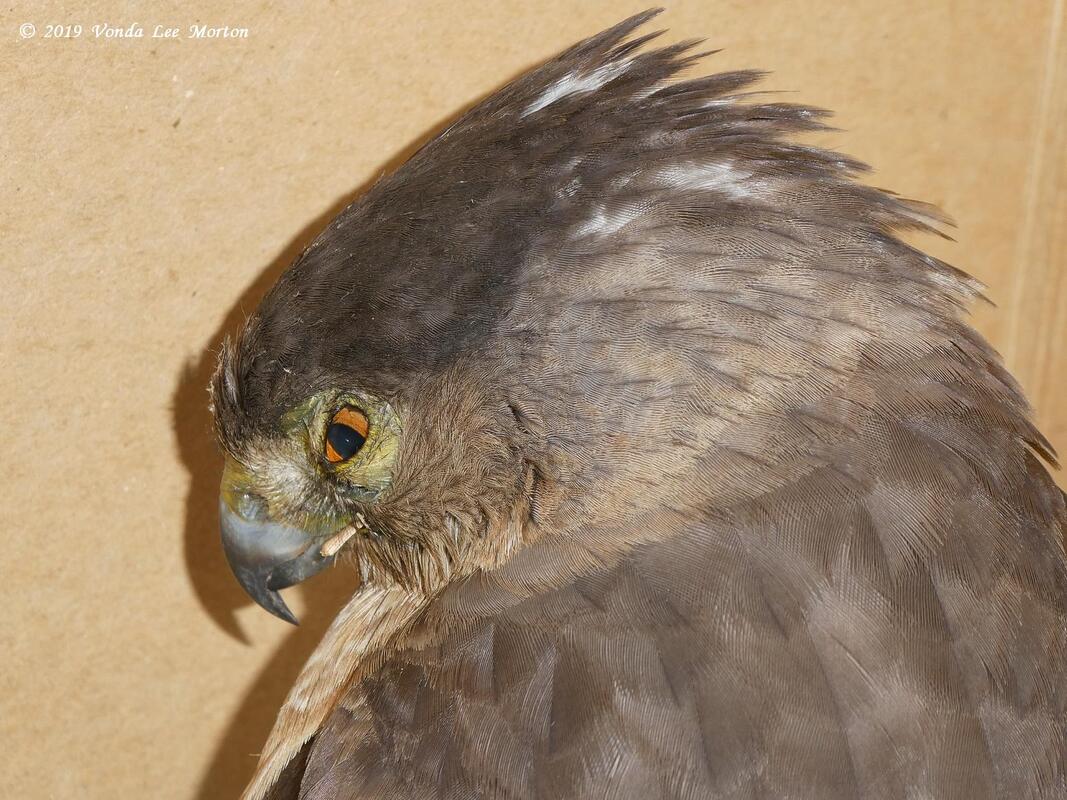
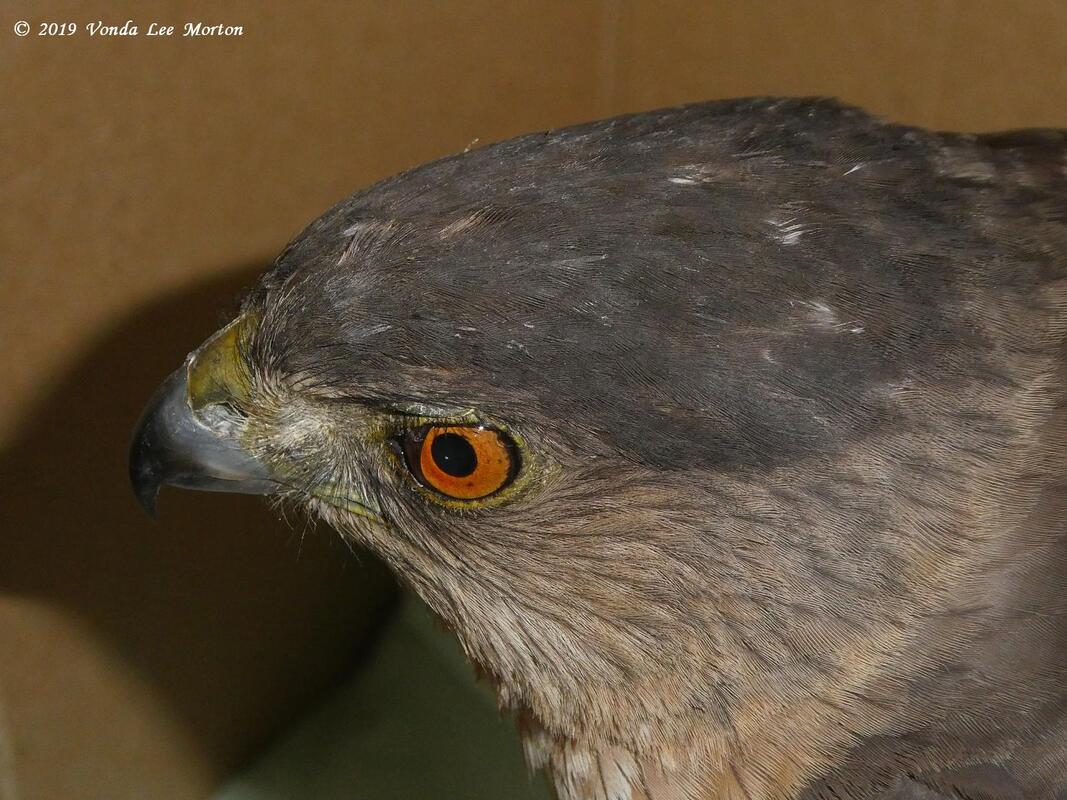
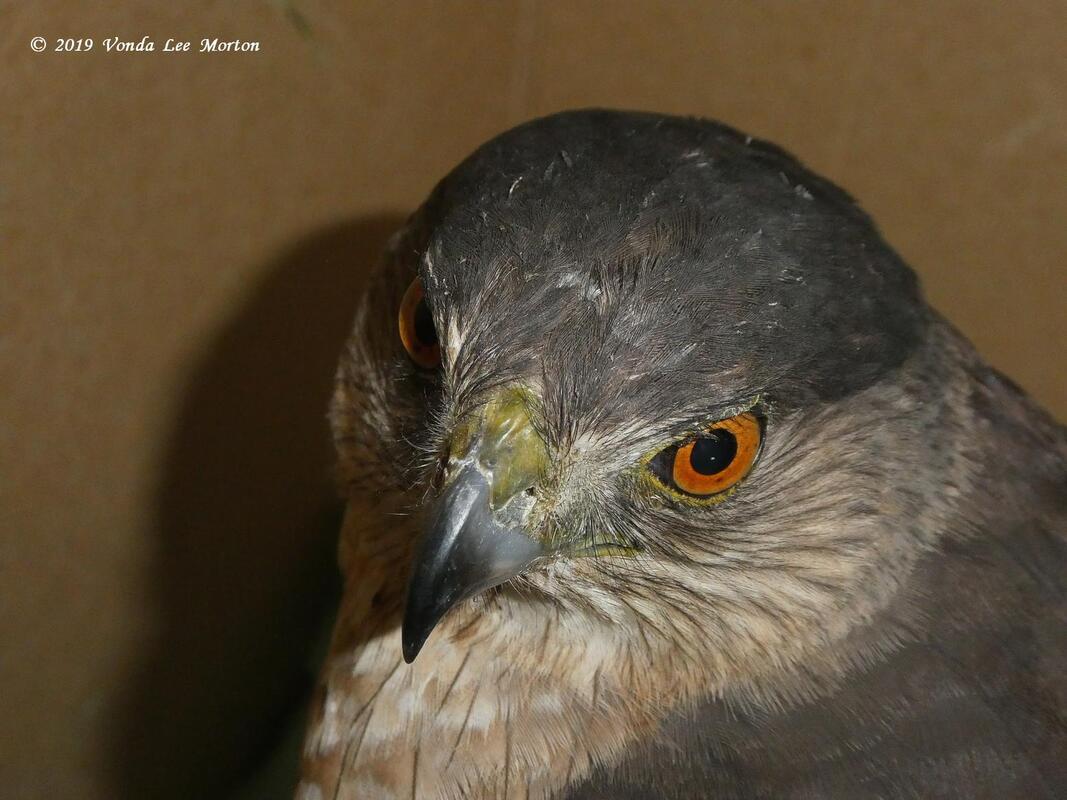
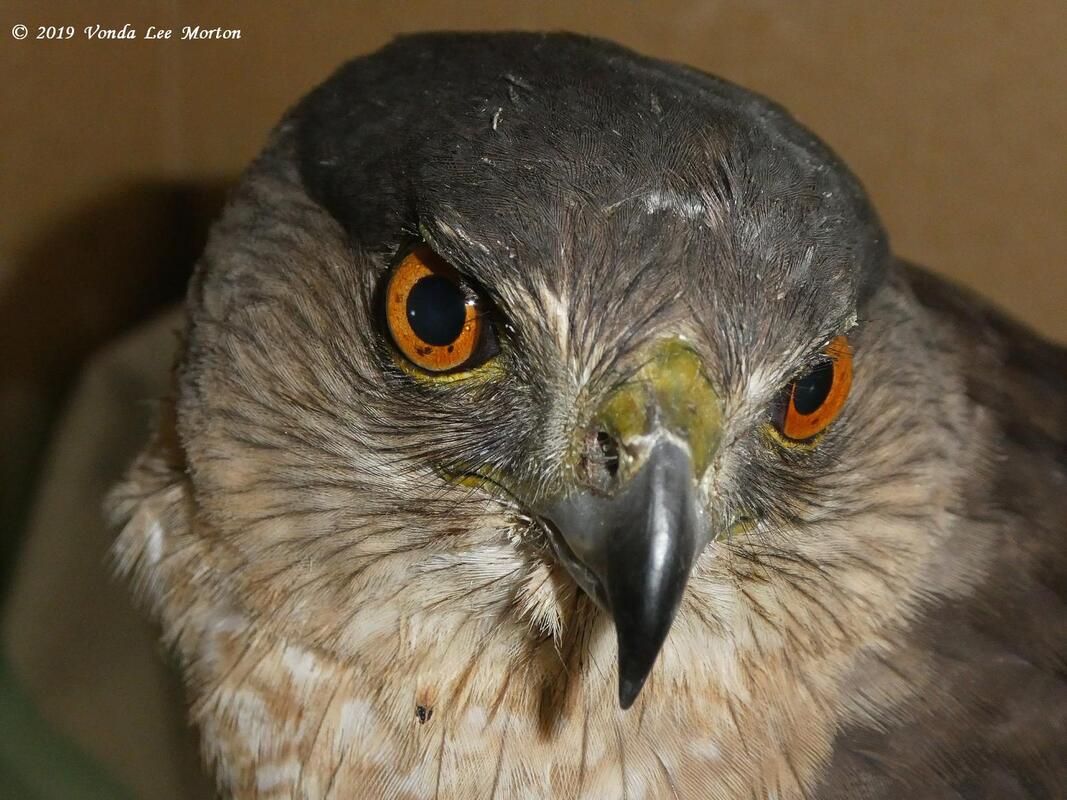
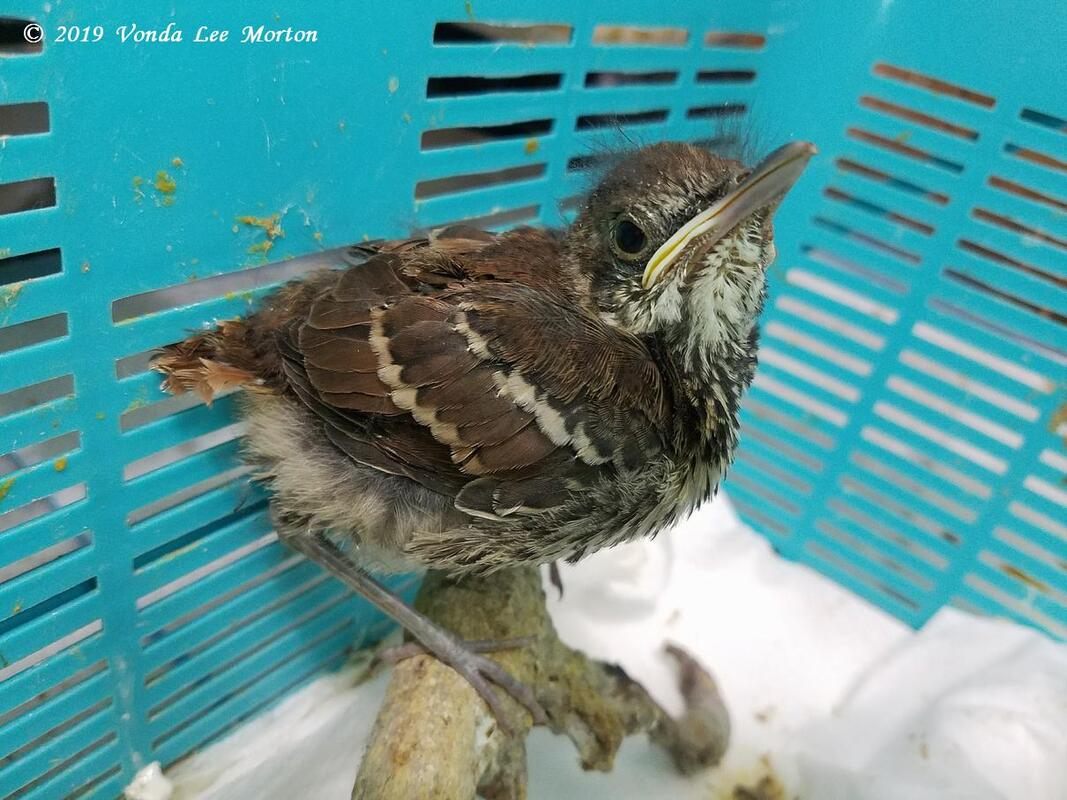
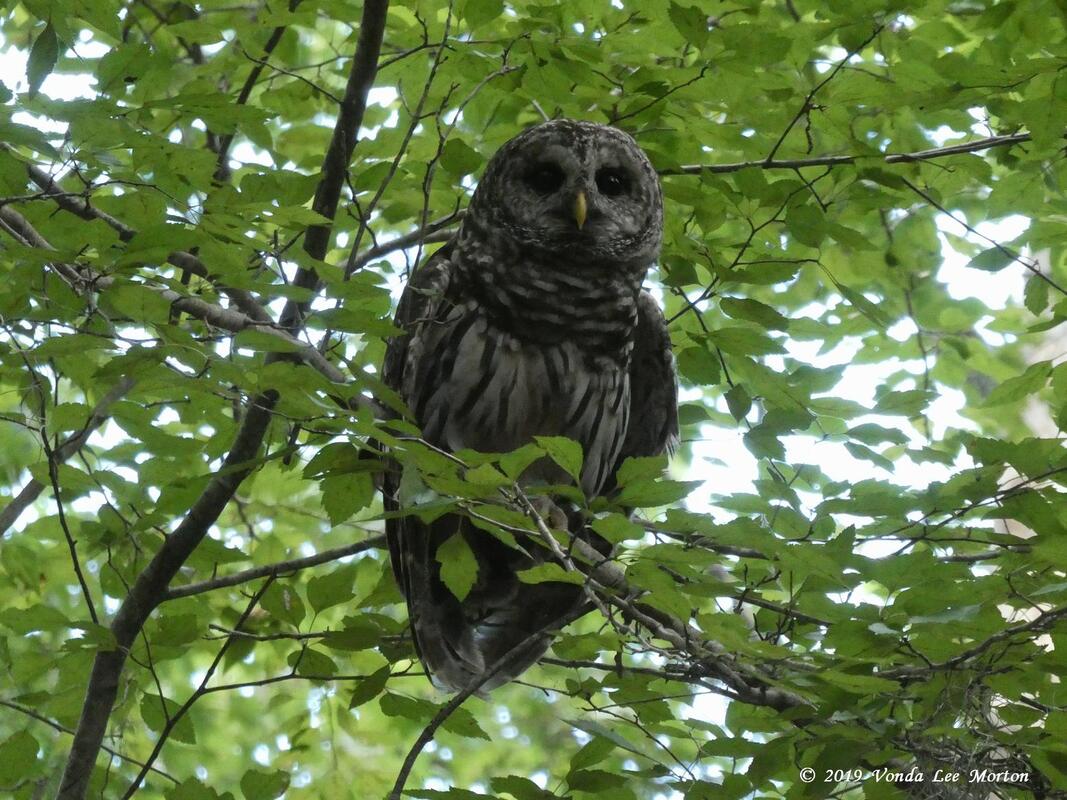
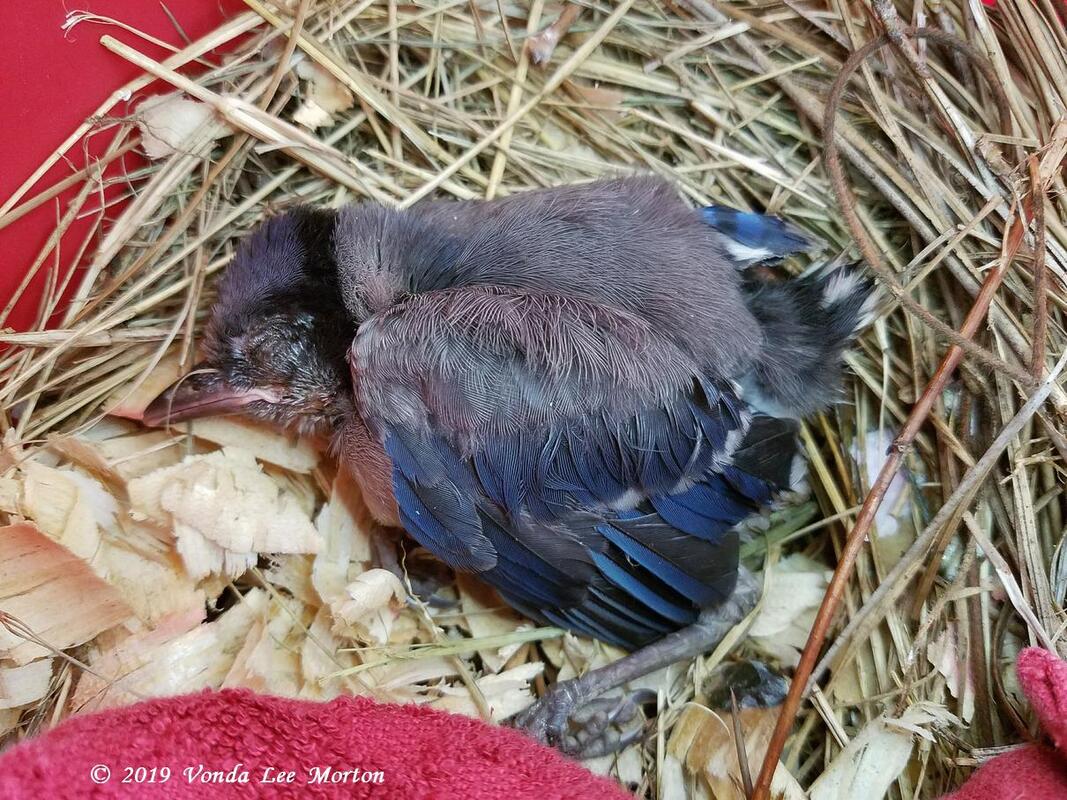
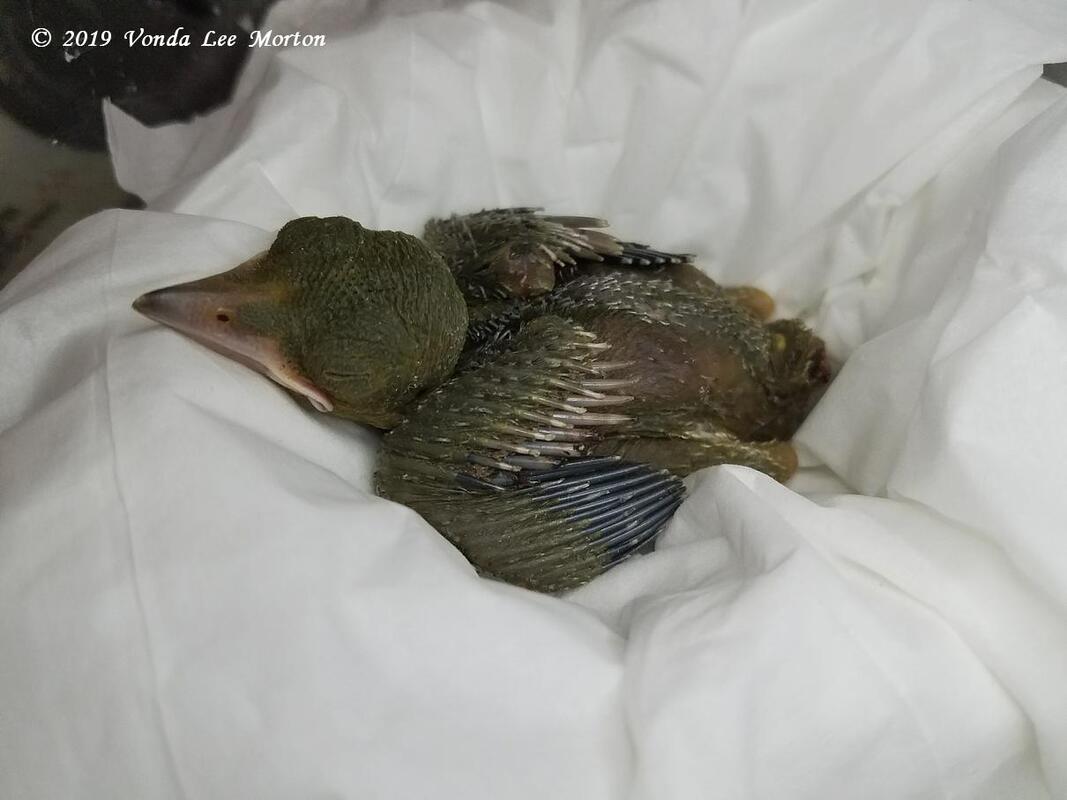
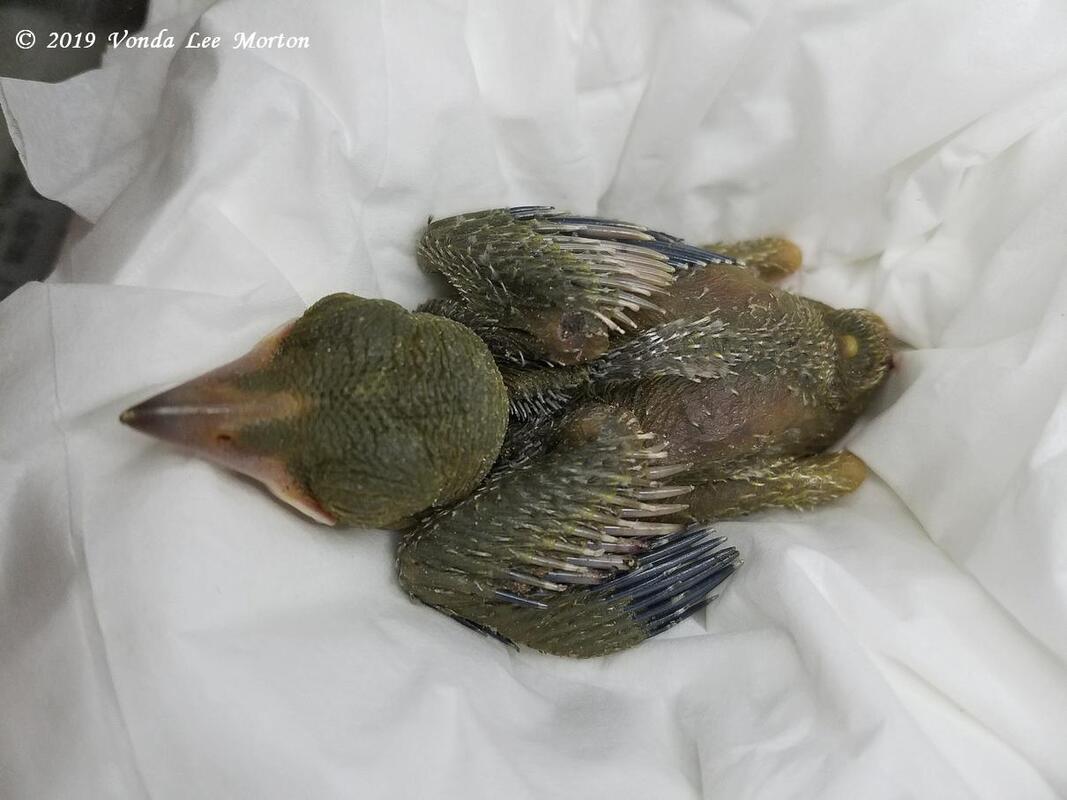
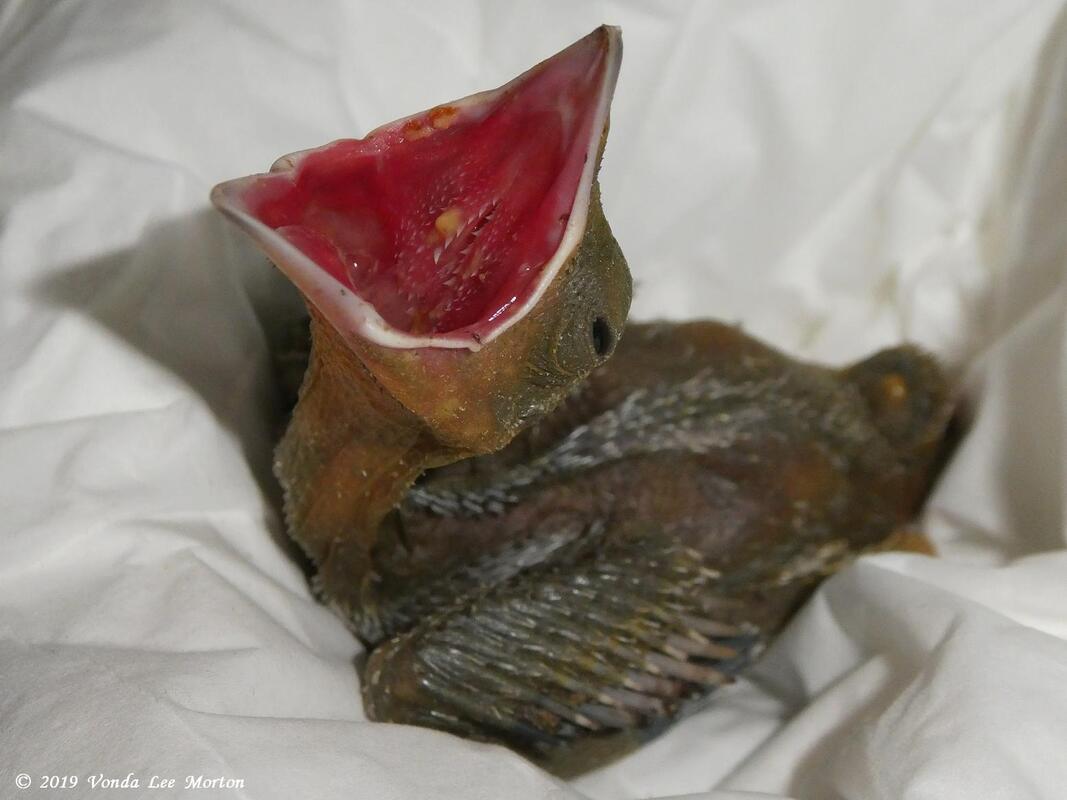
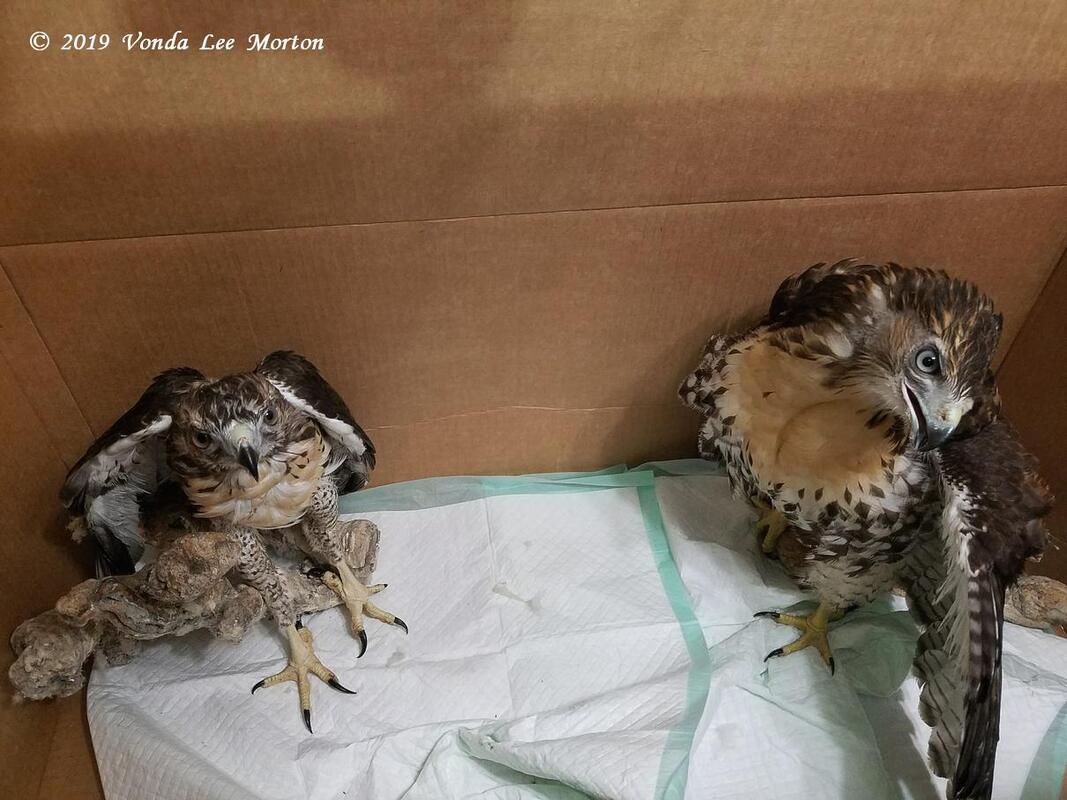
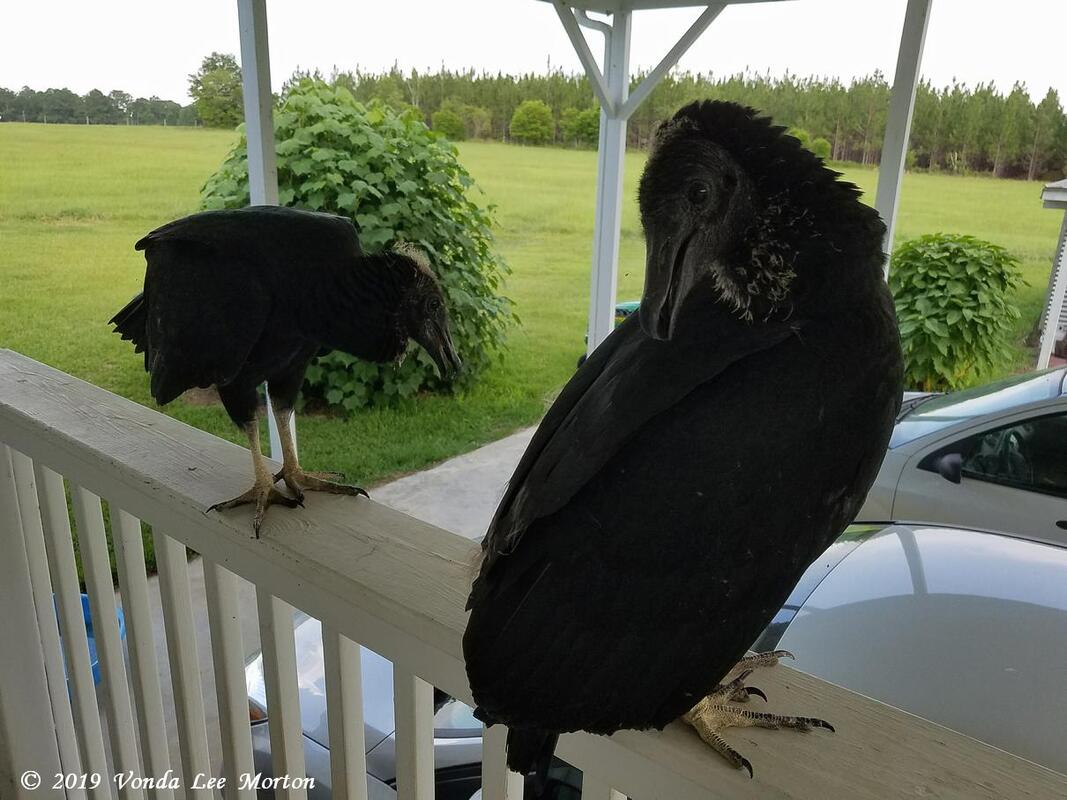
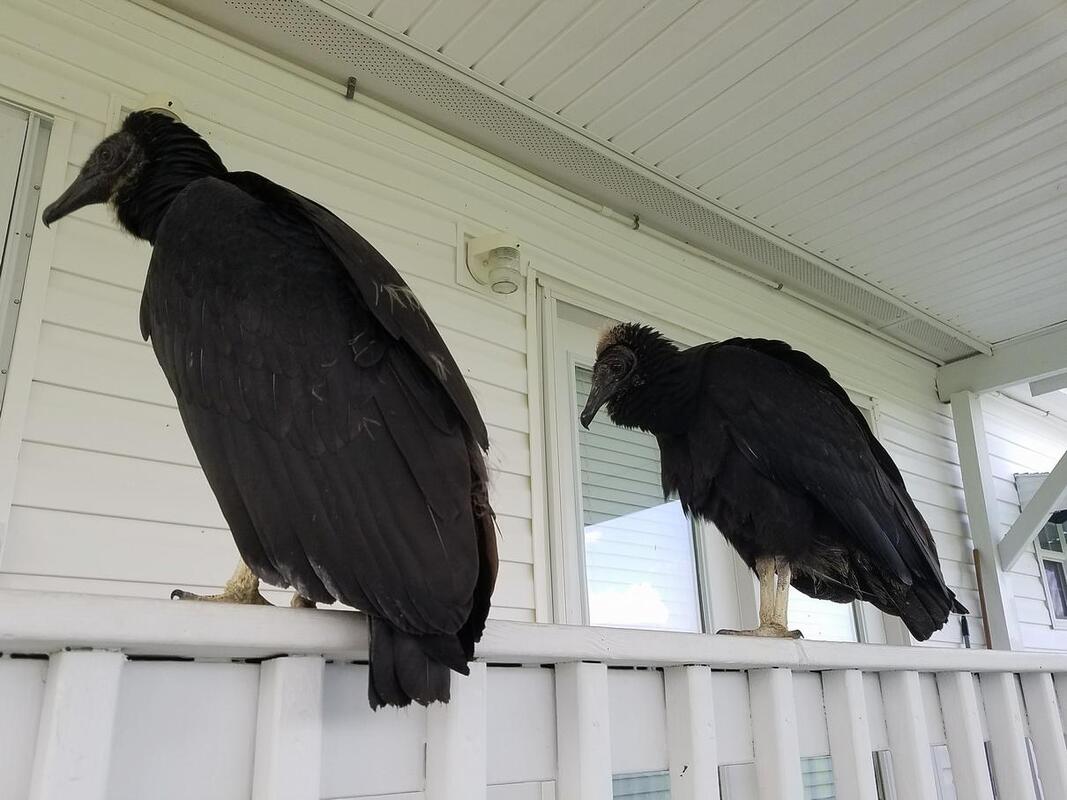
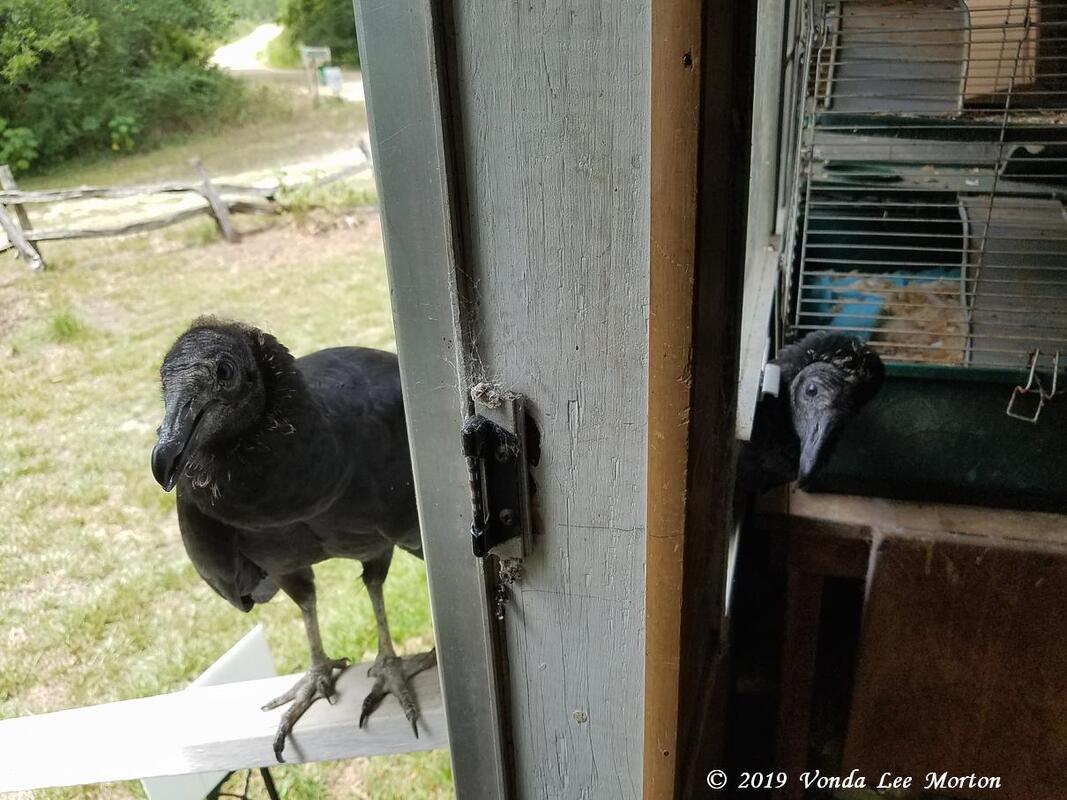
 RSS Feed
RSS Feed
